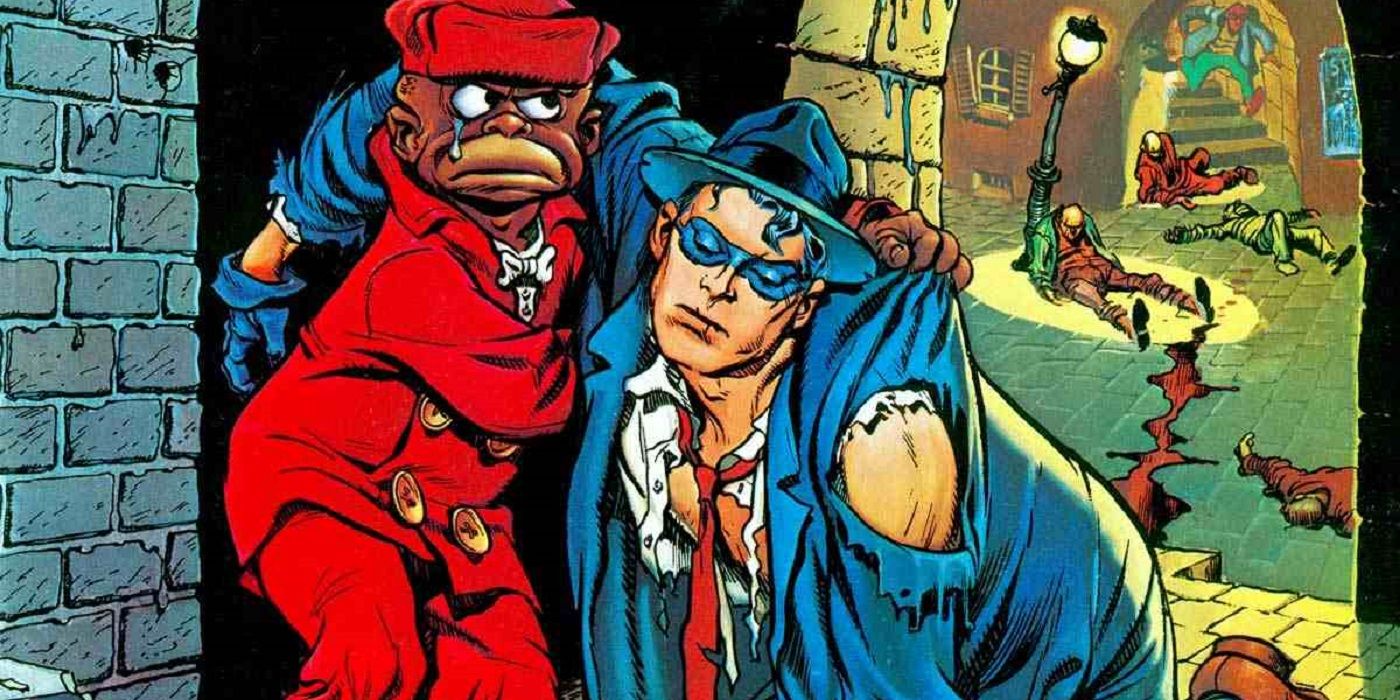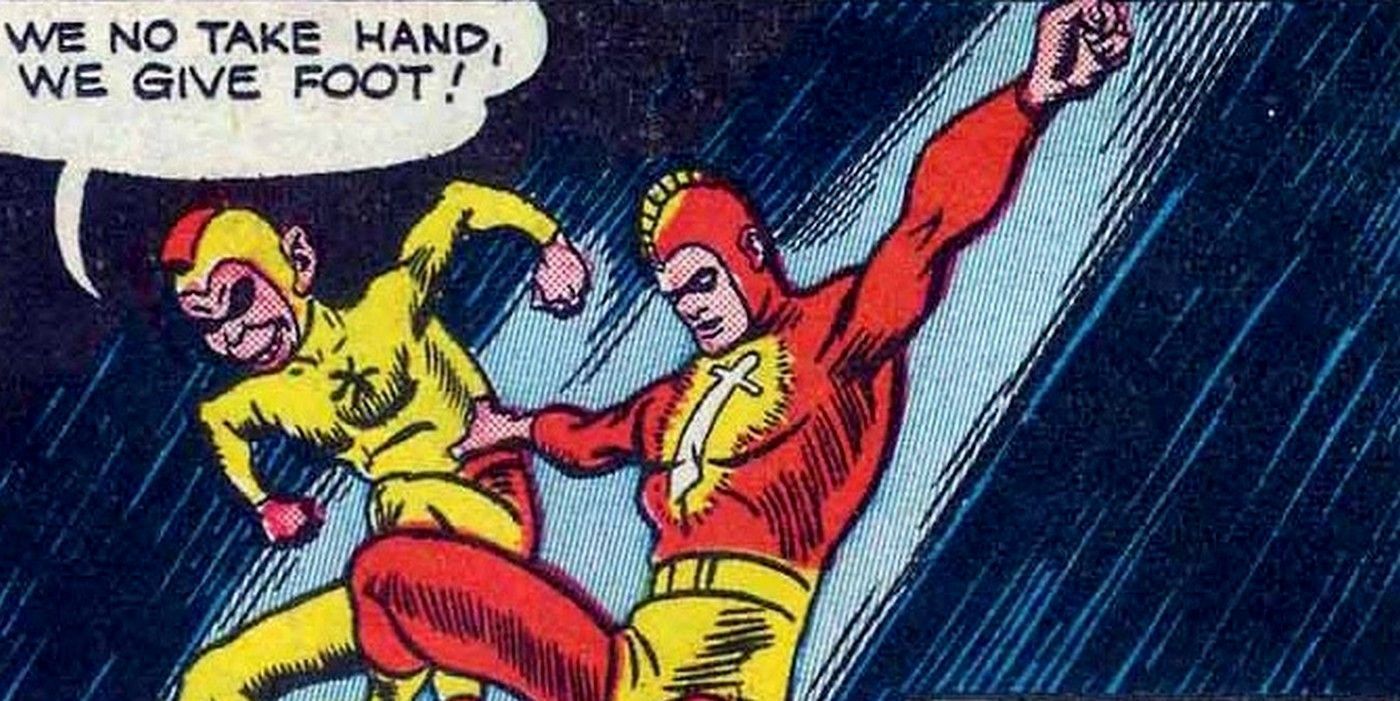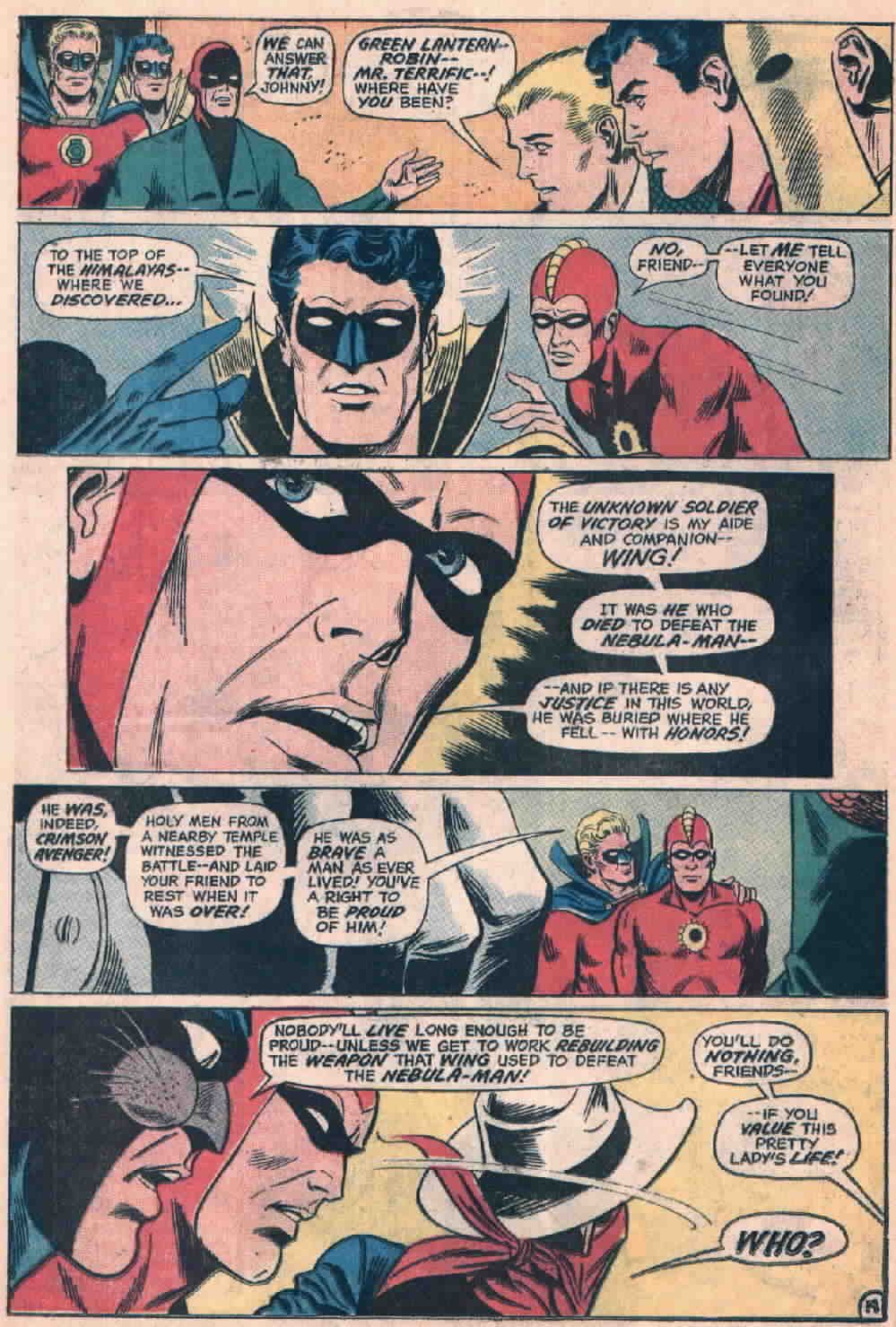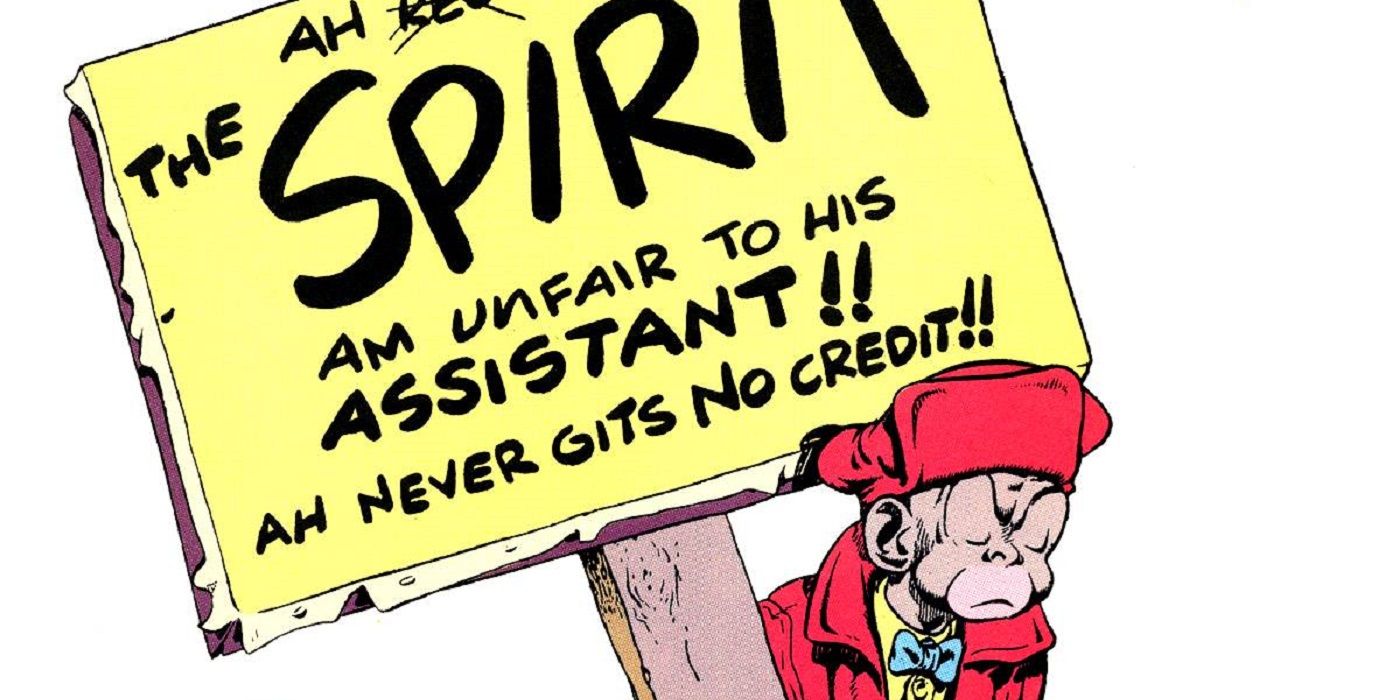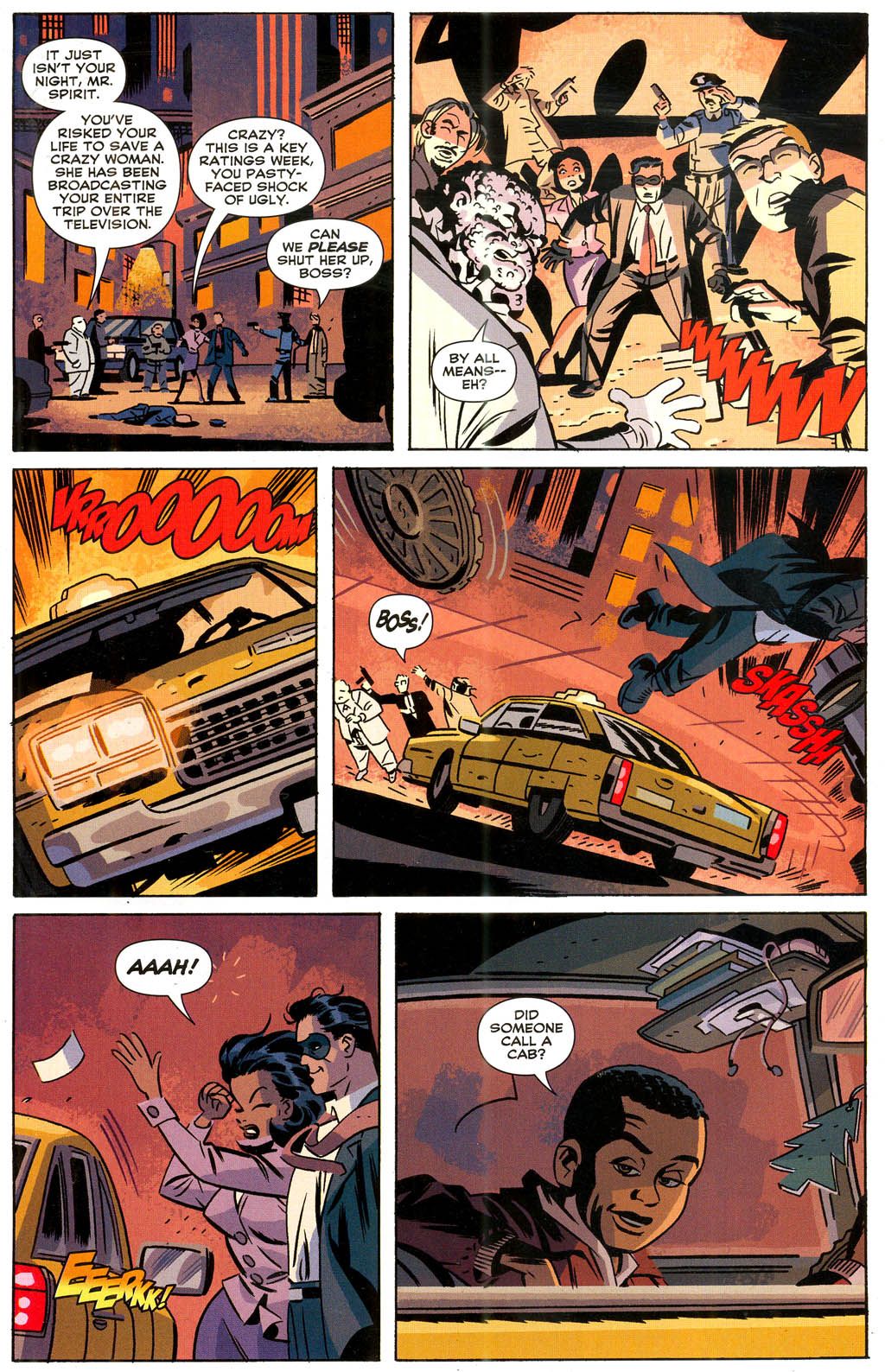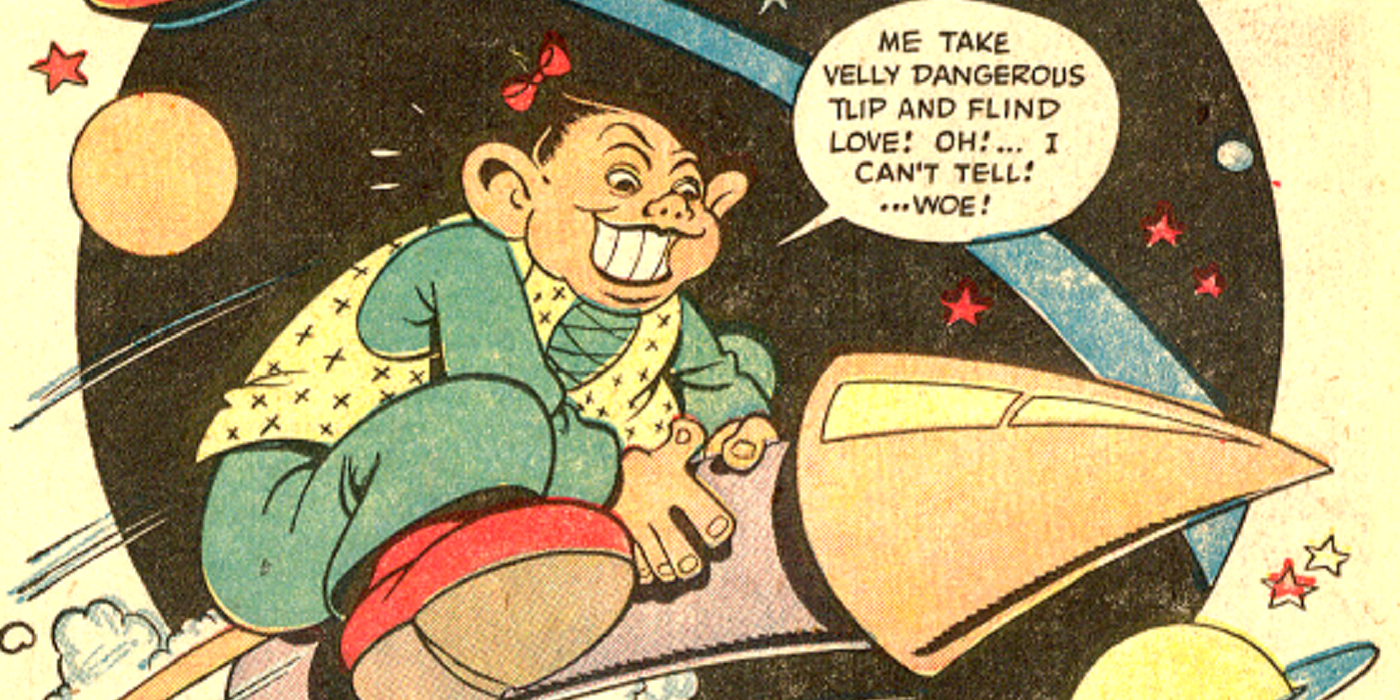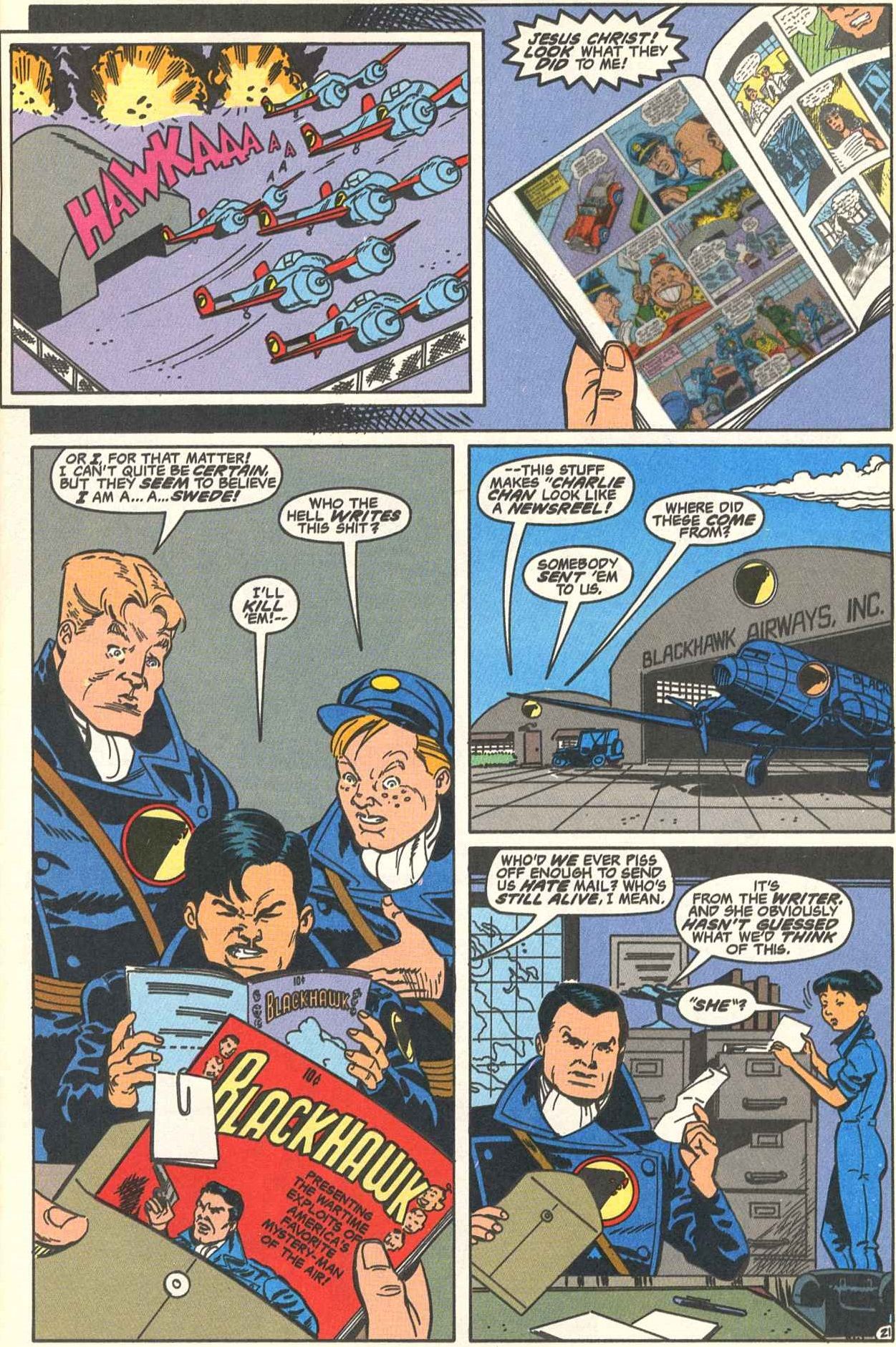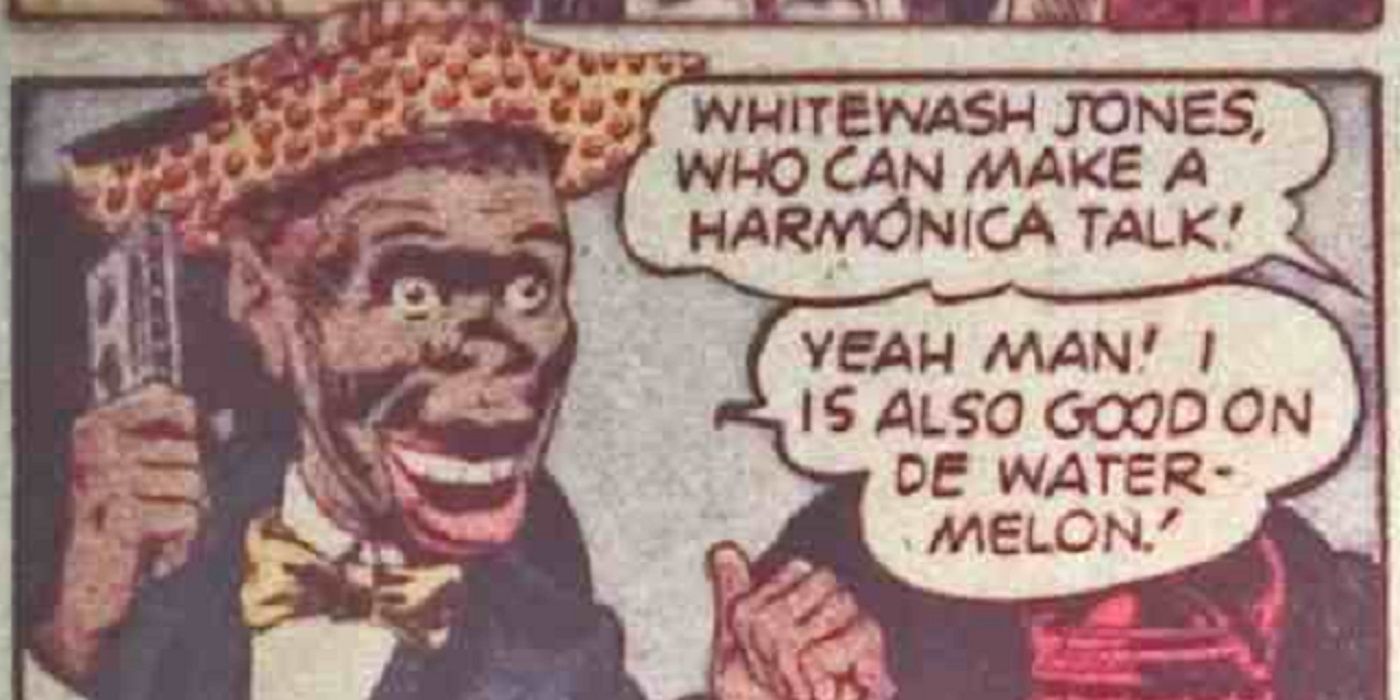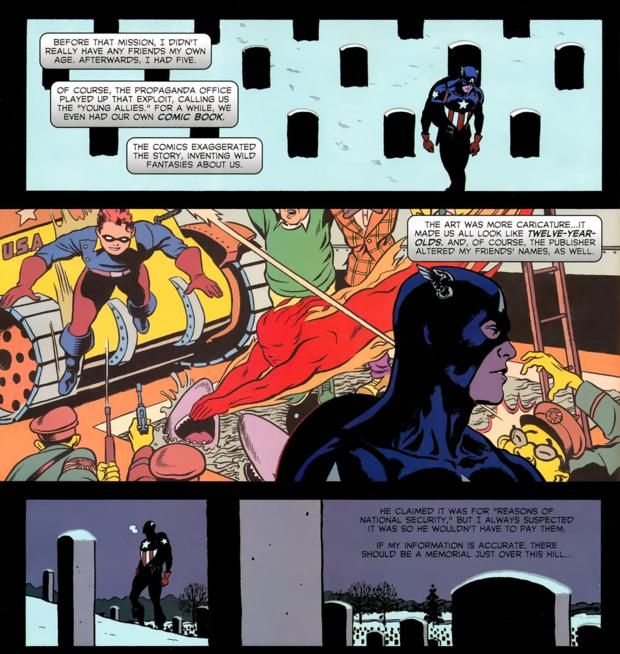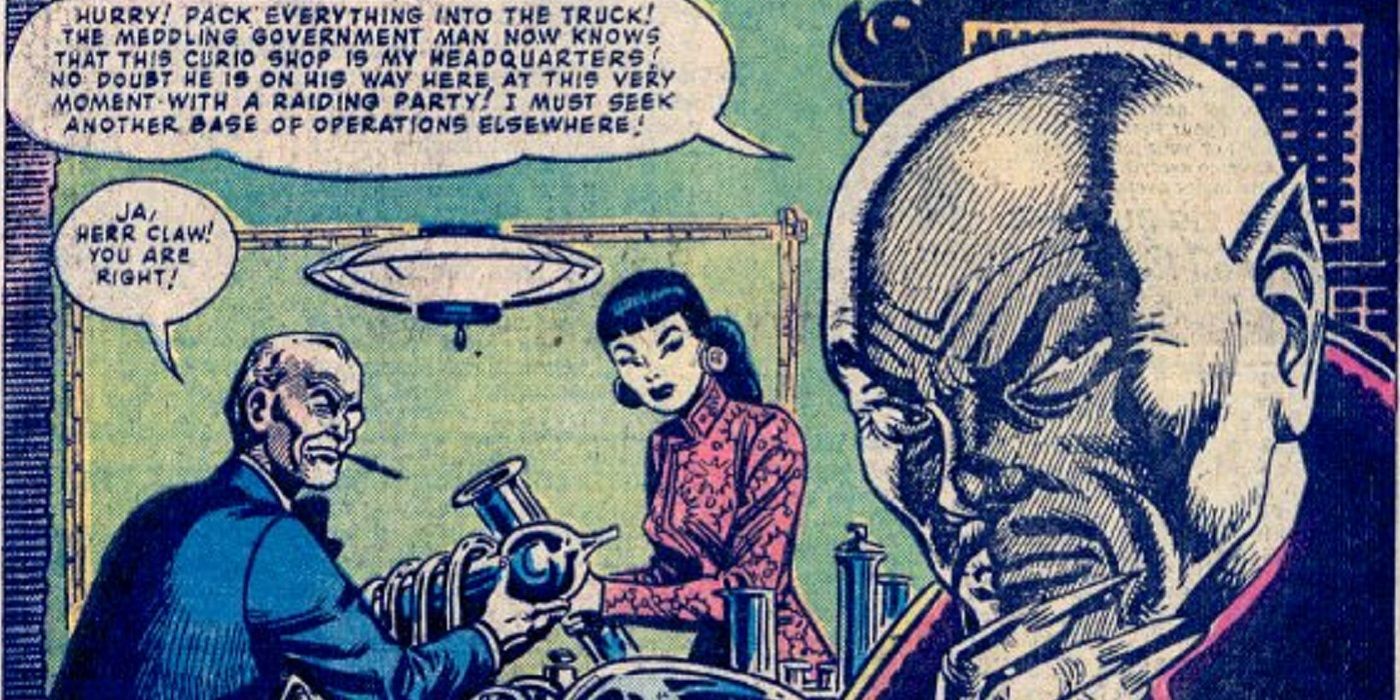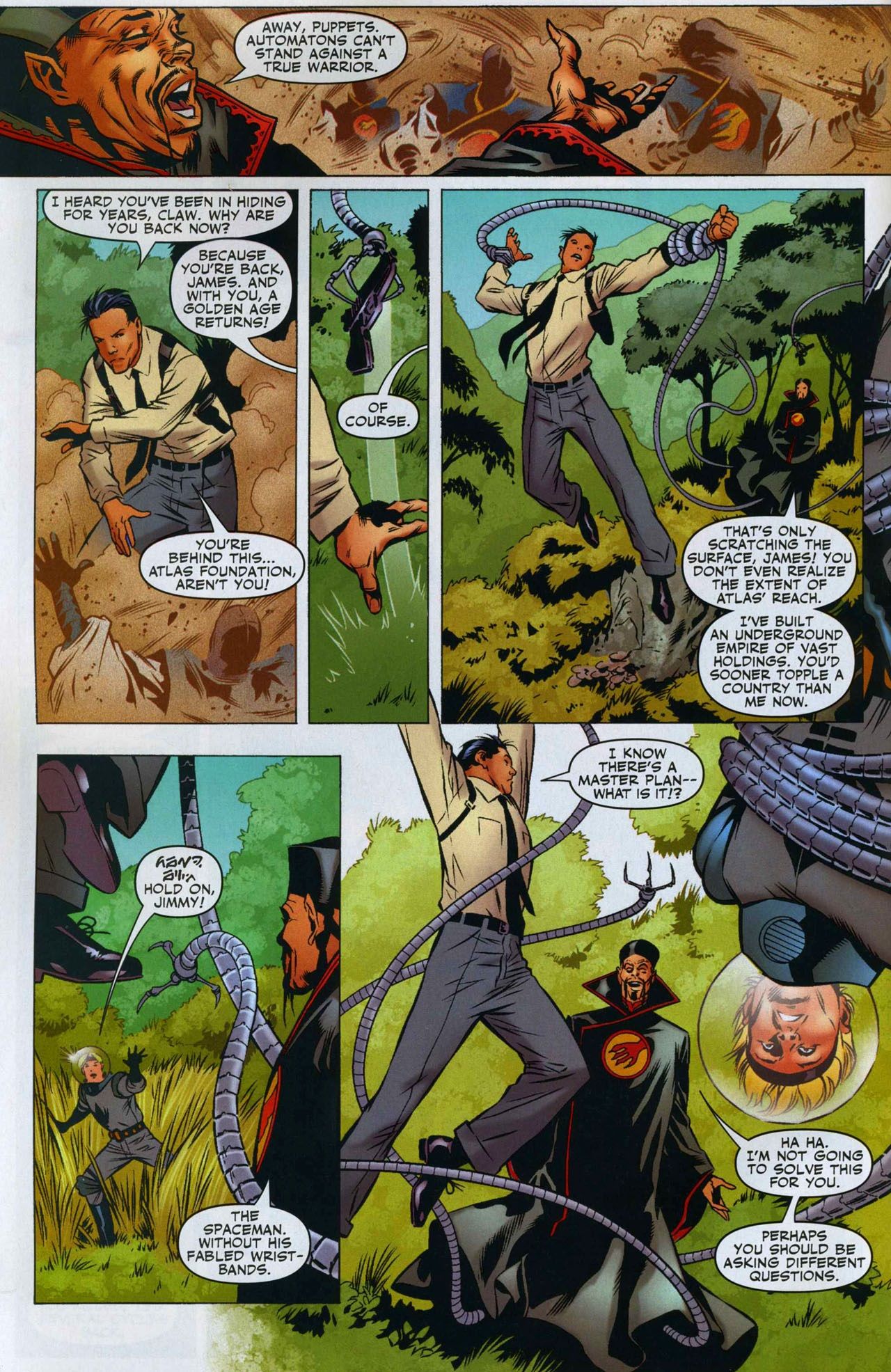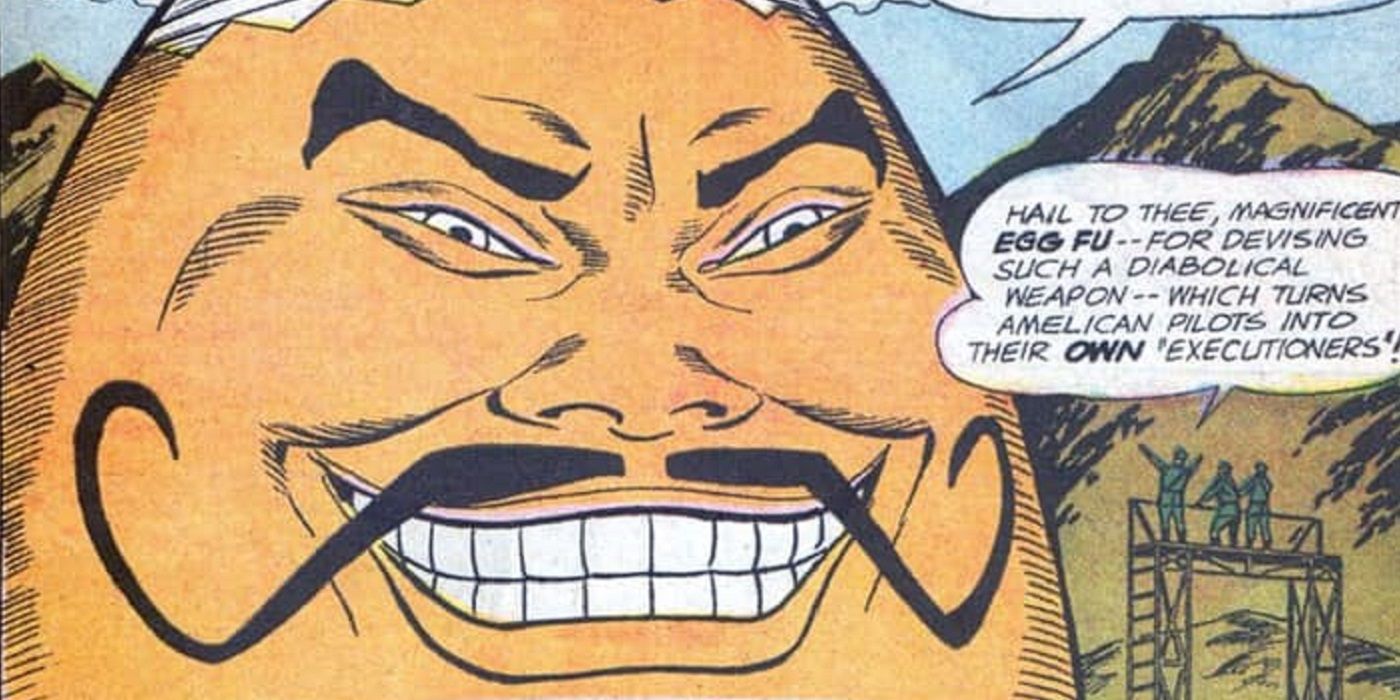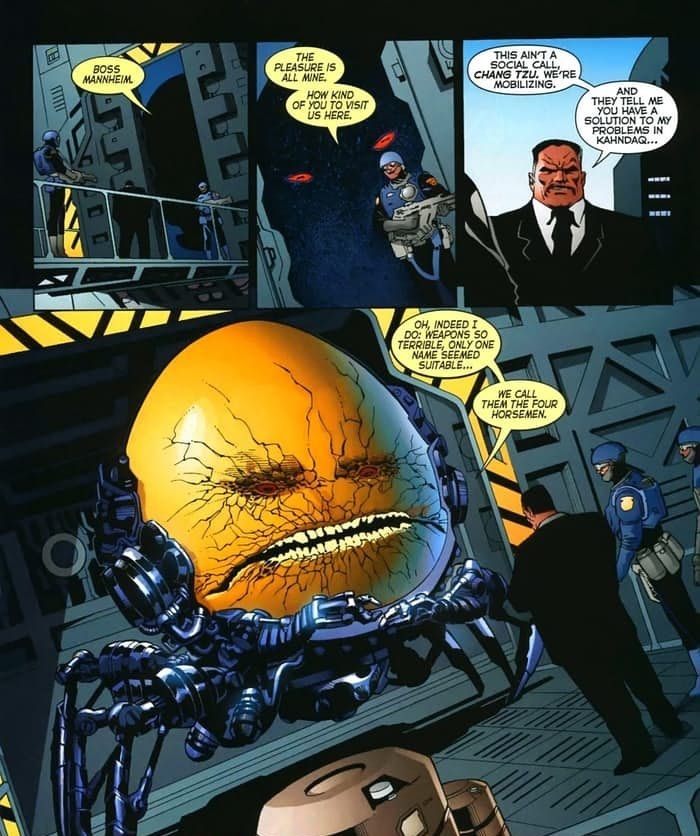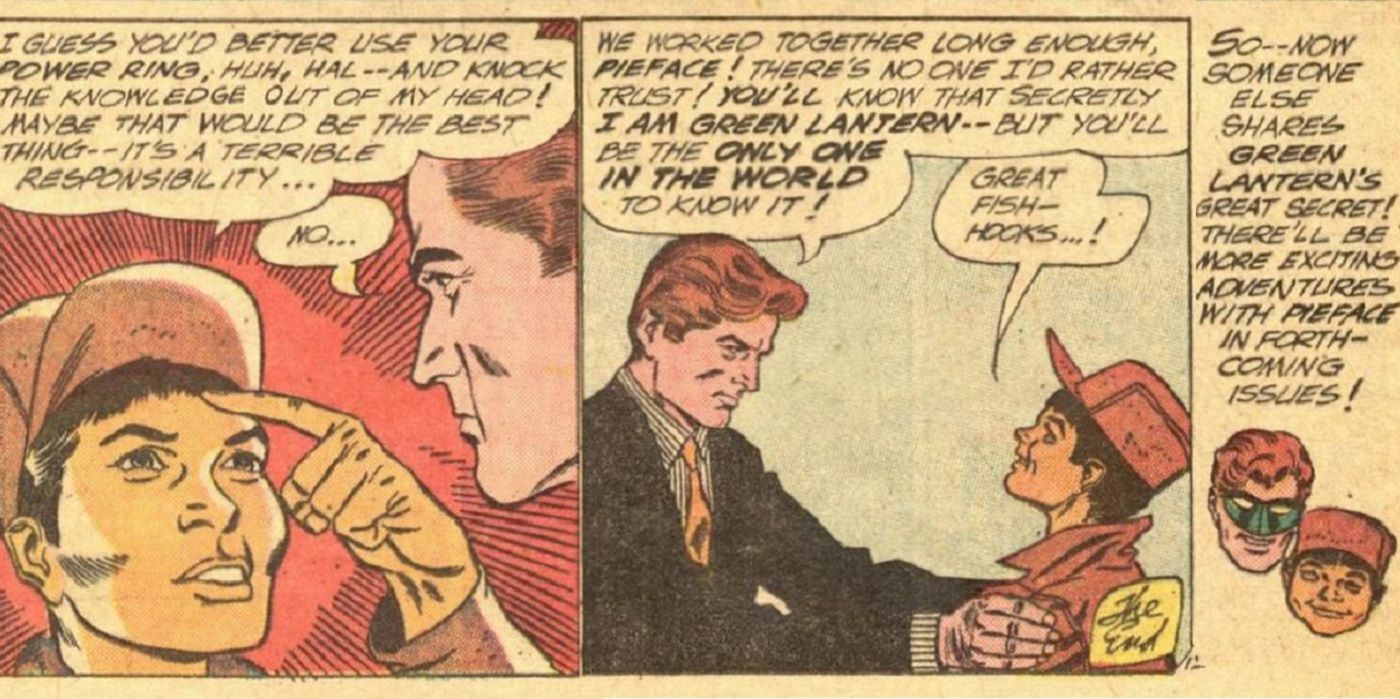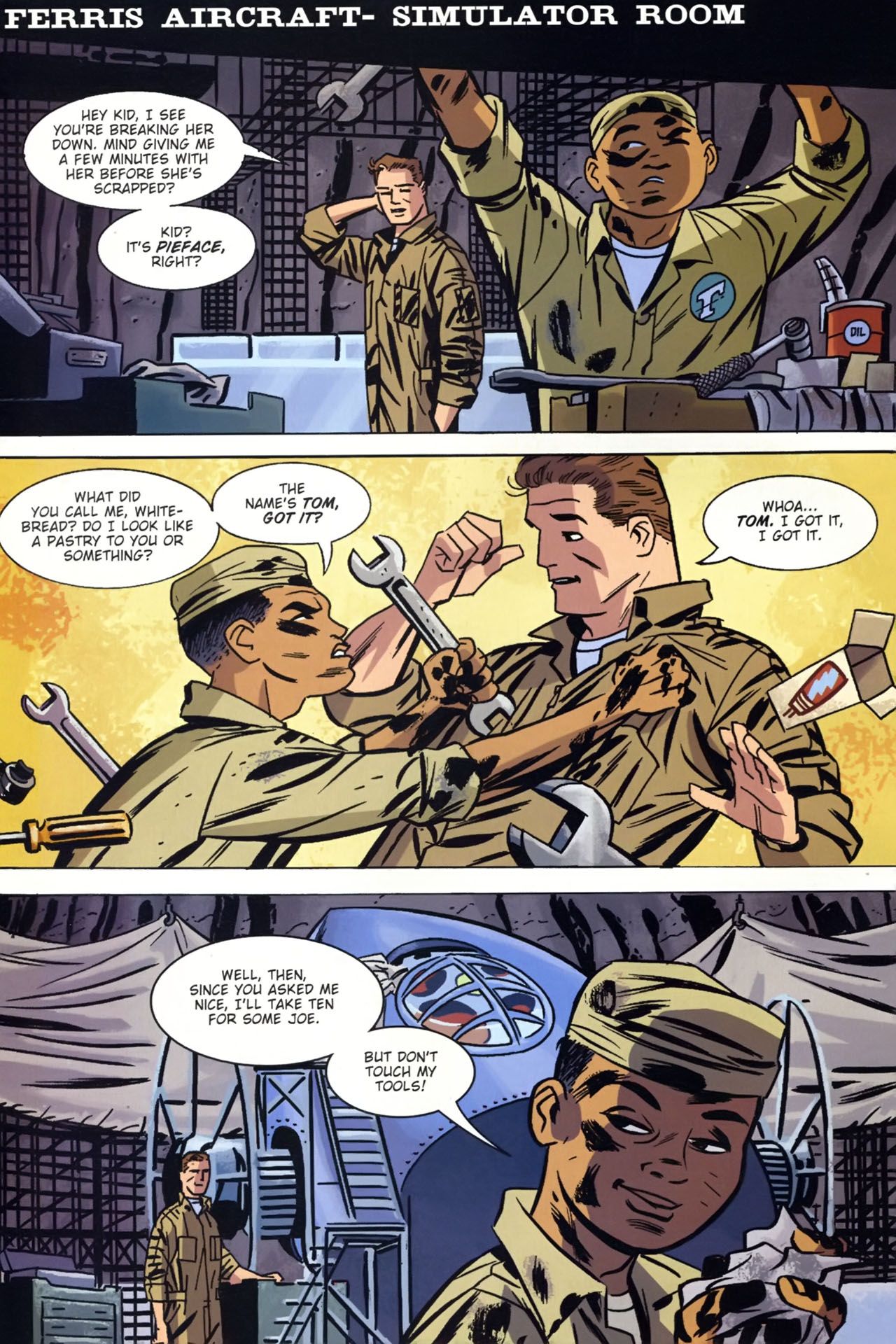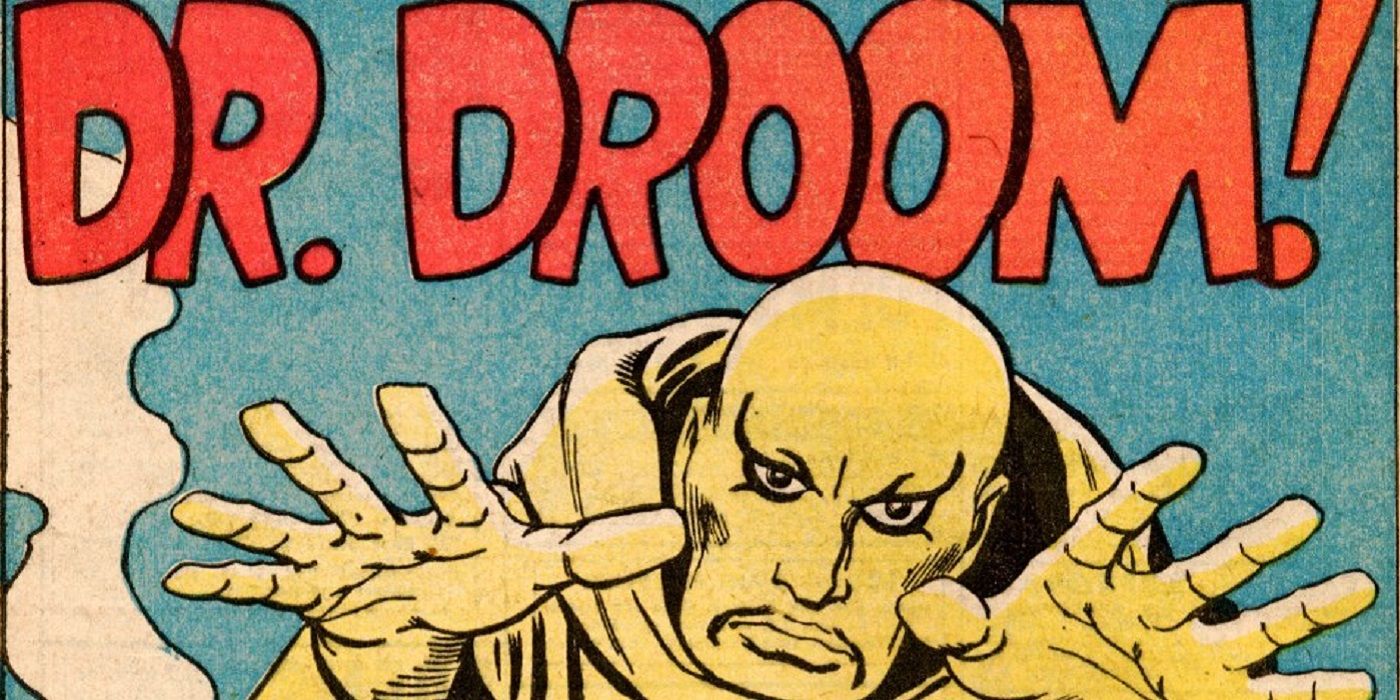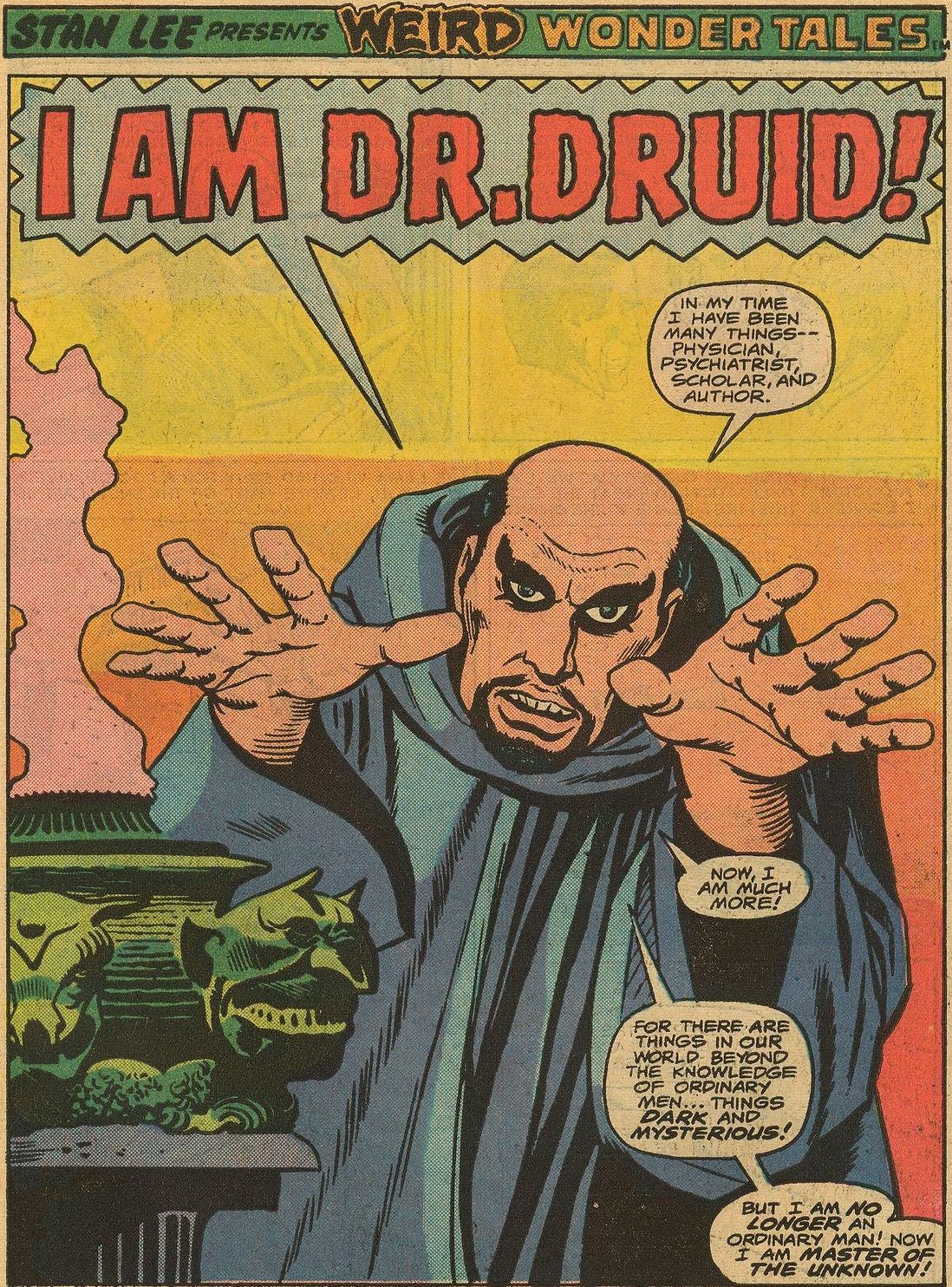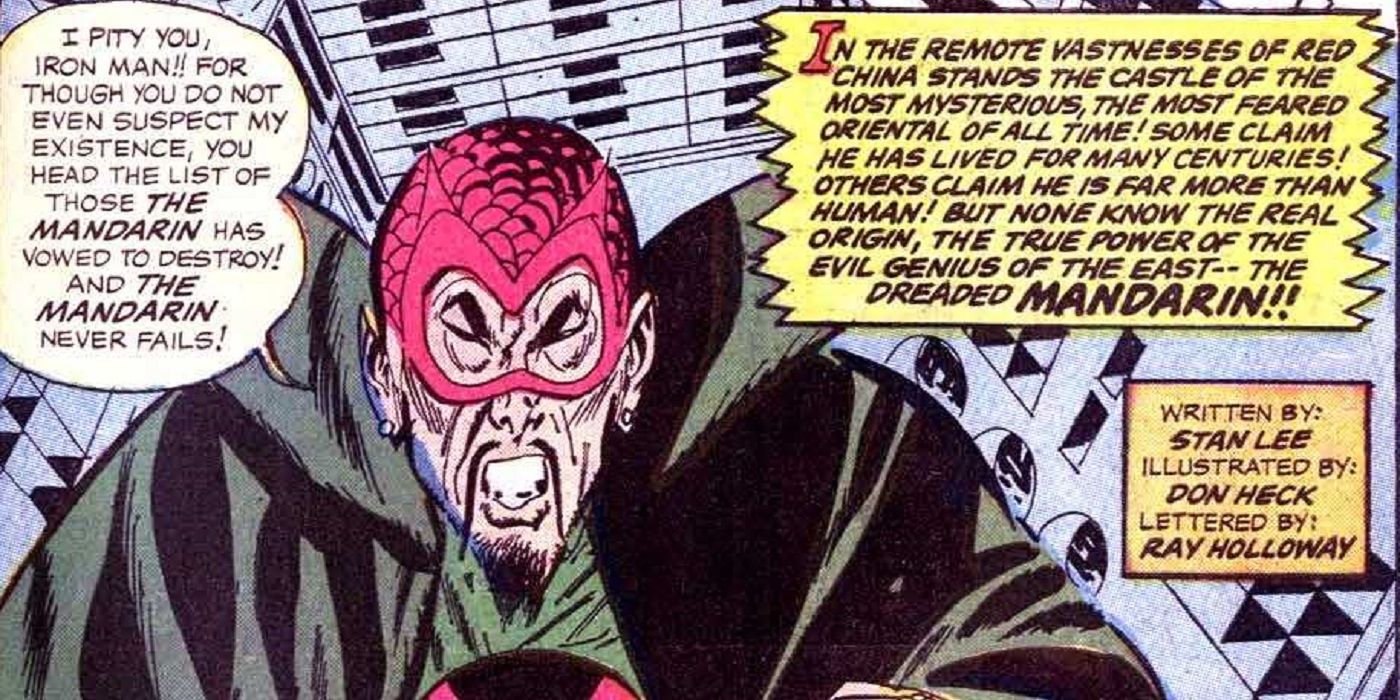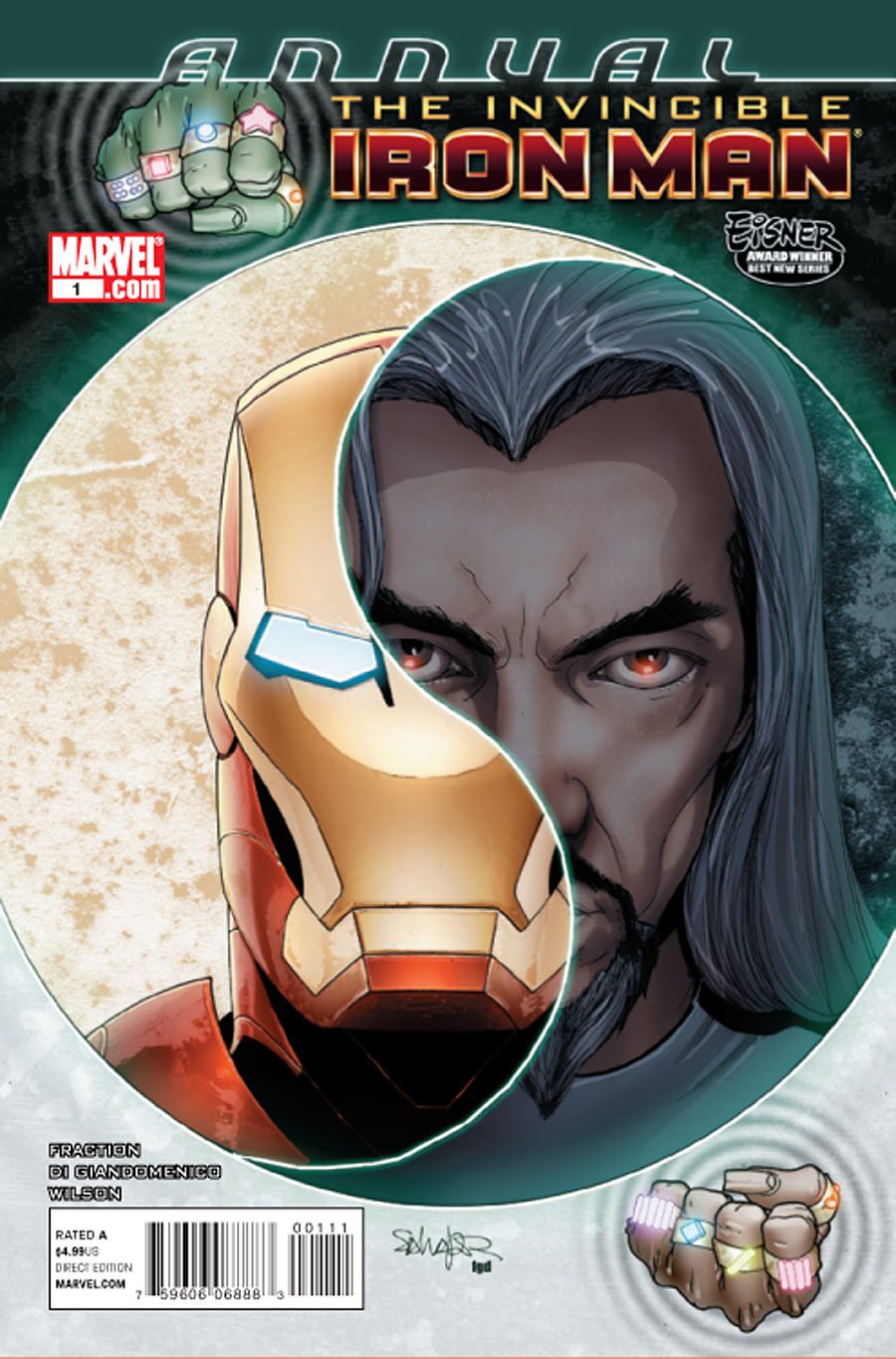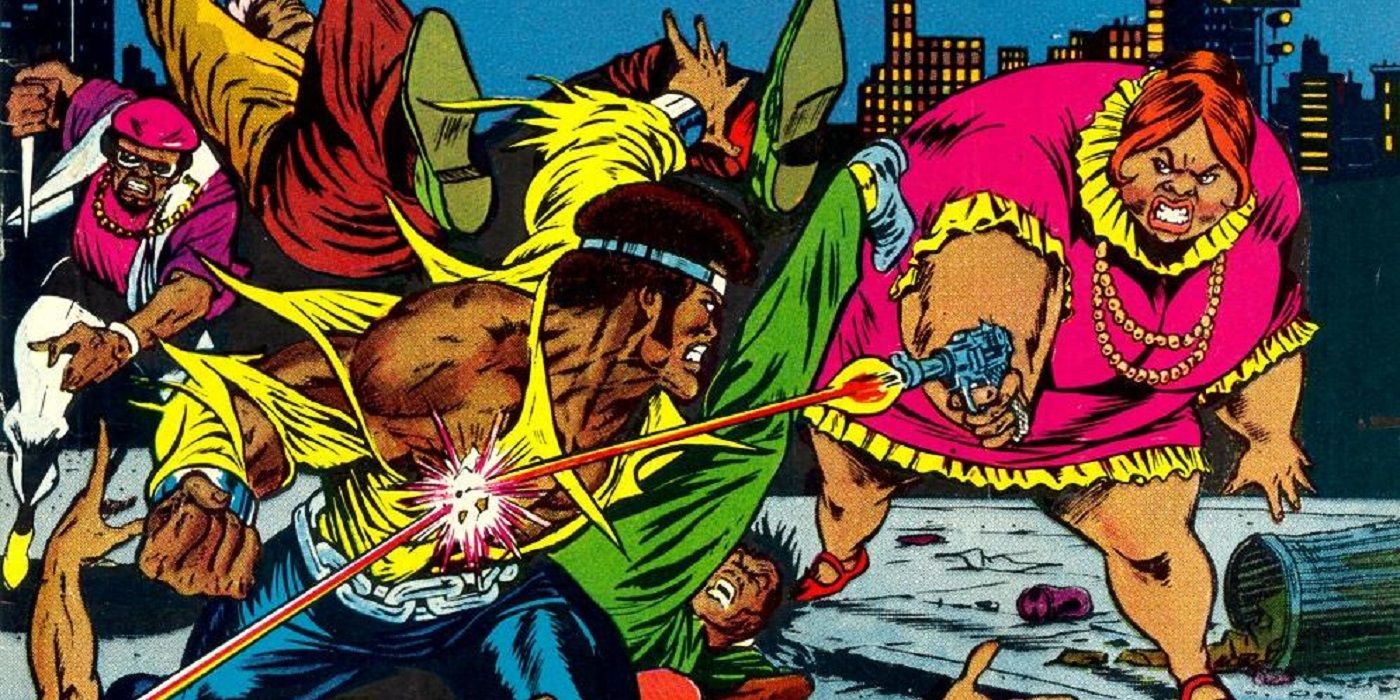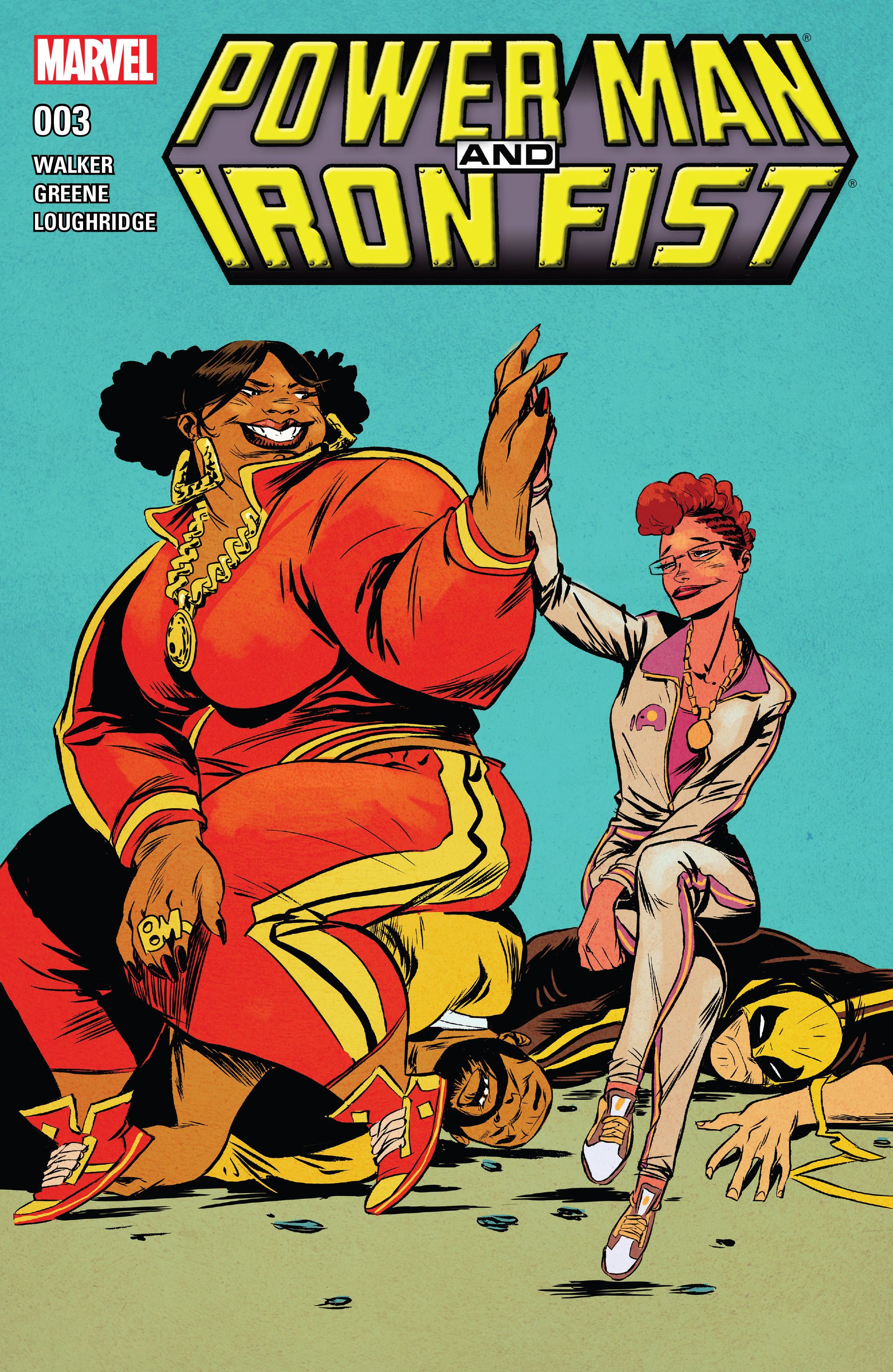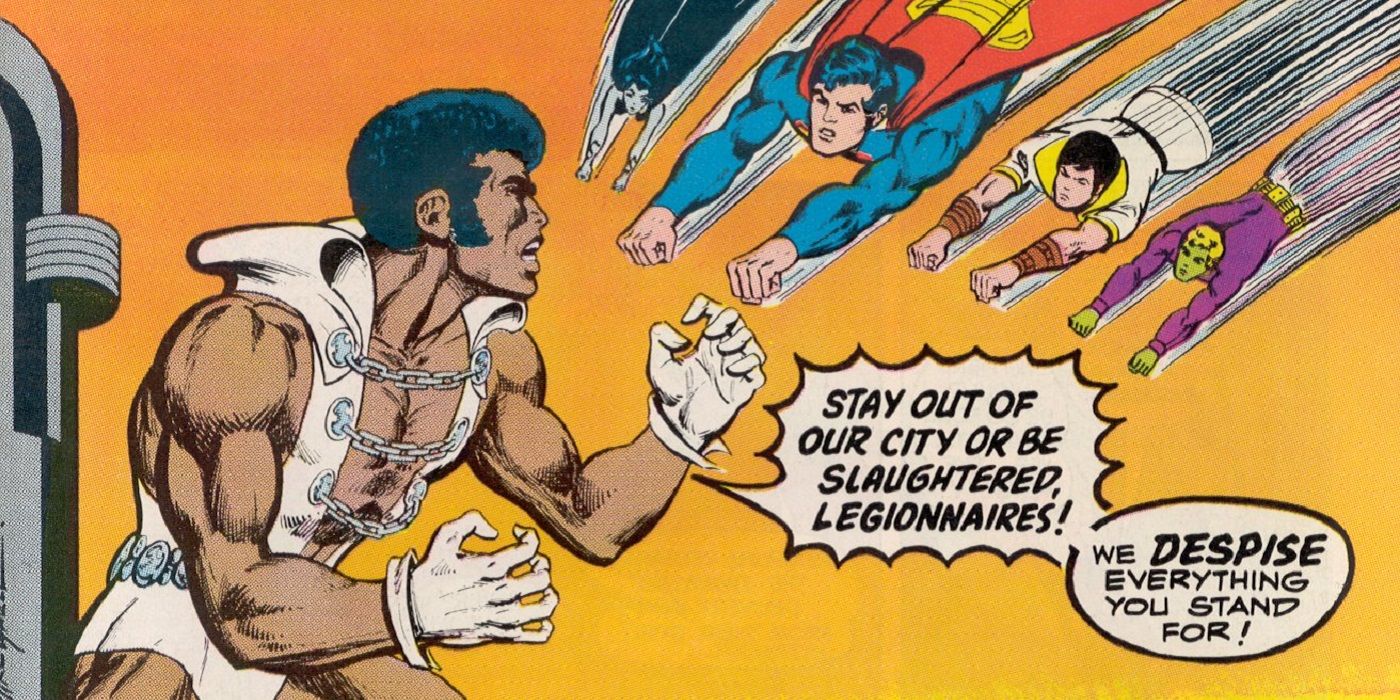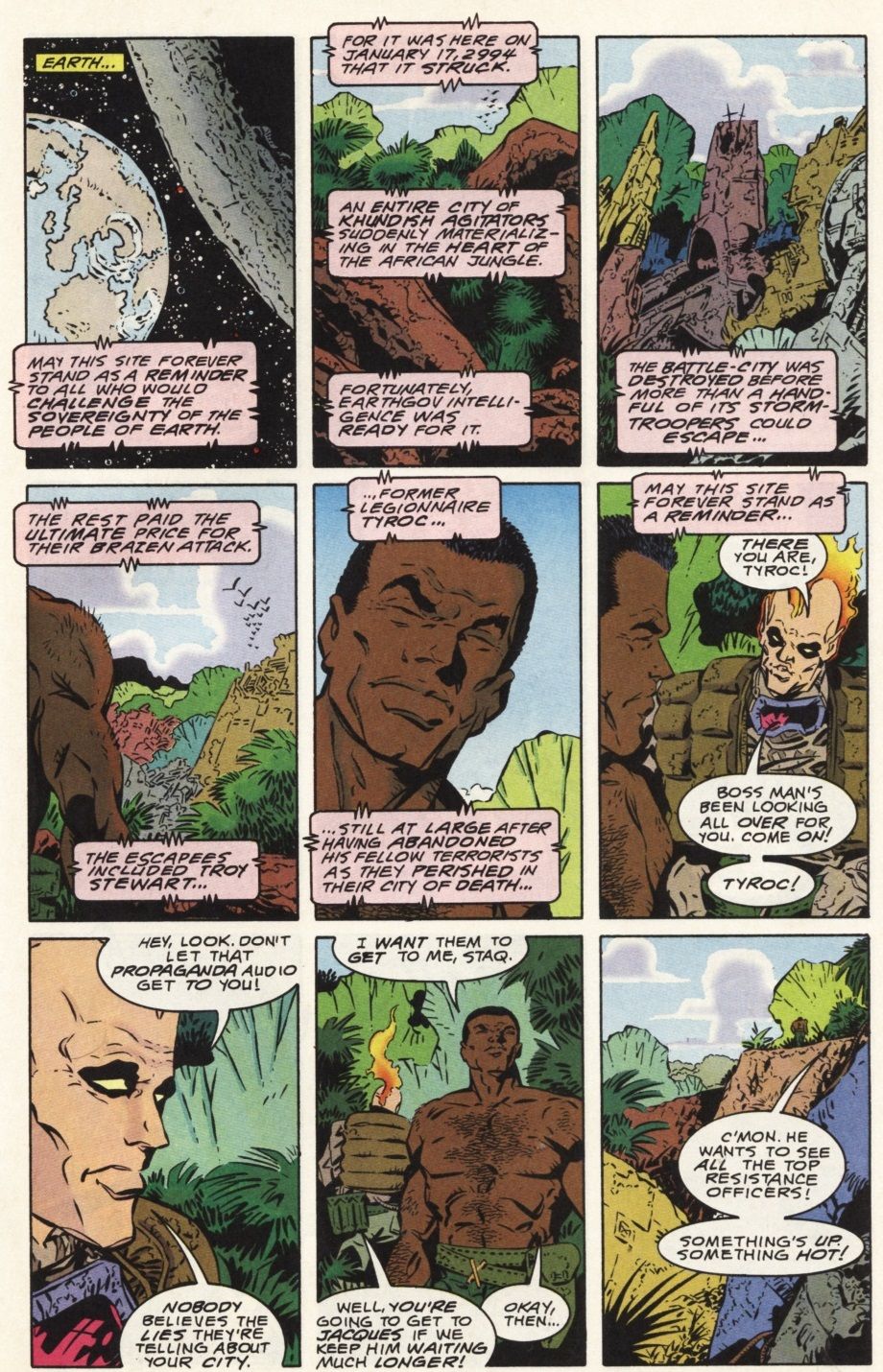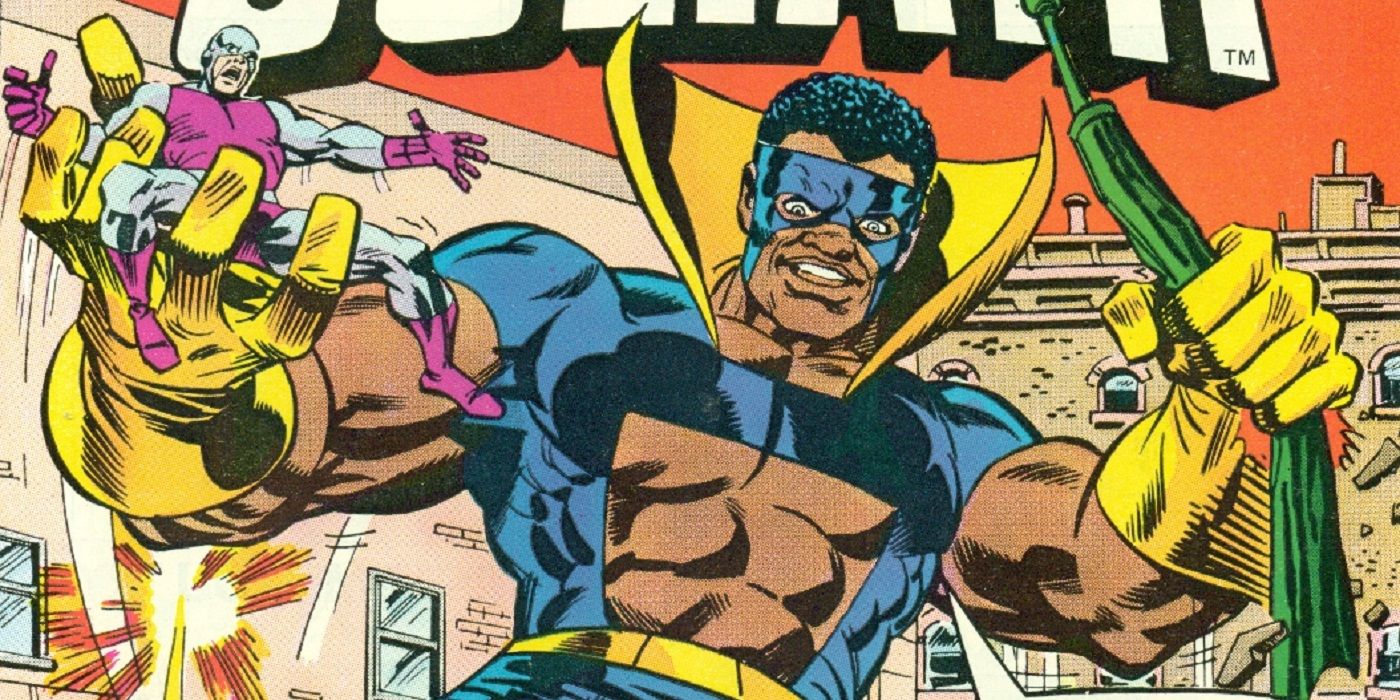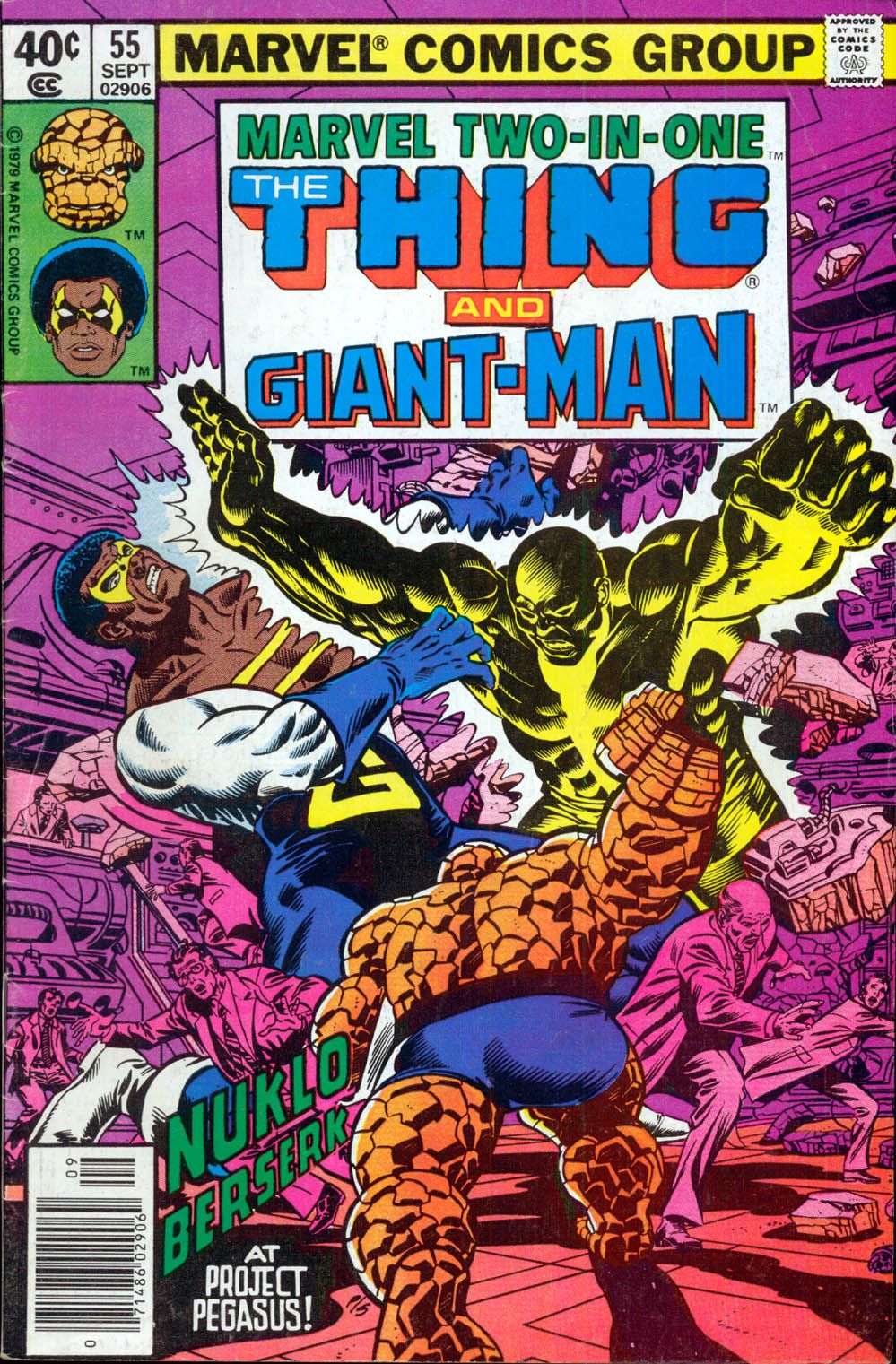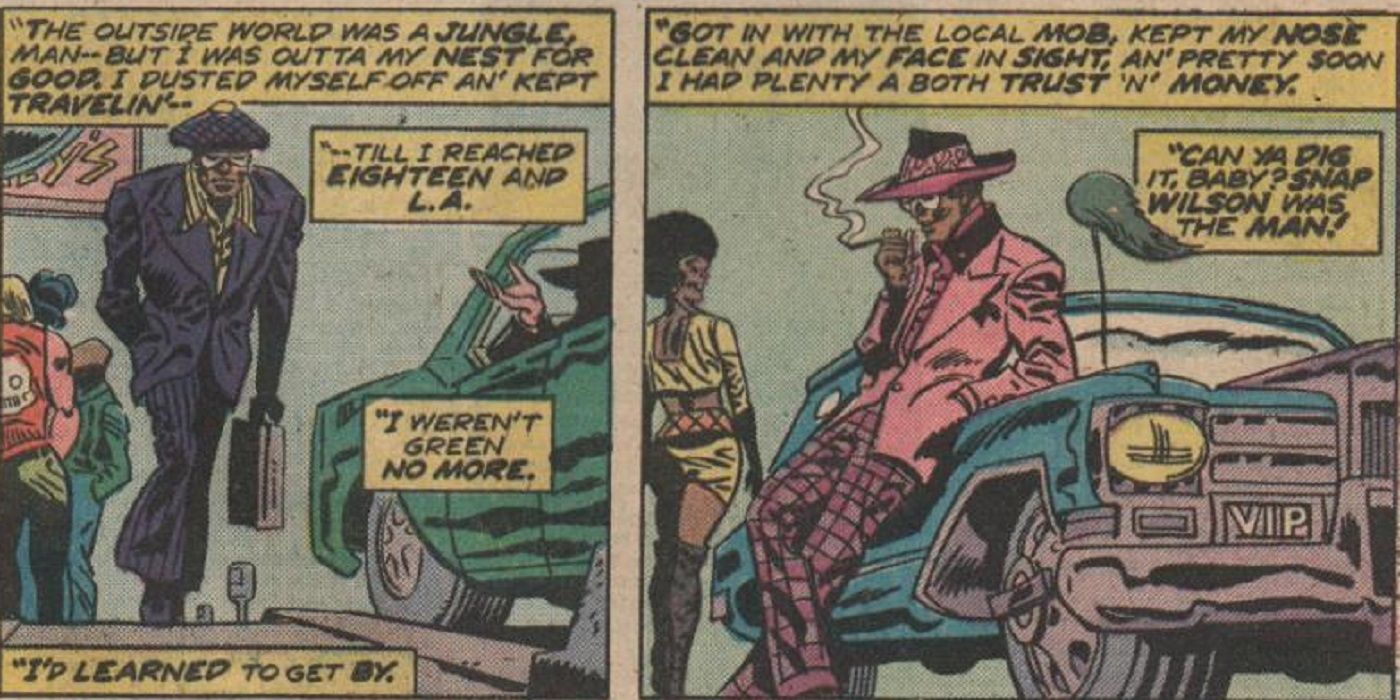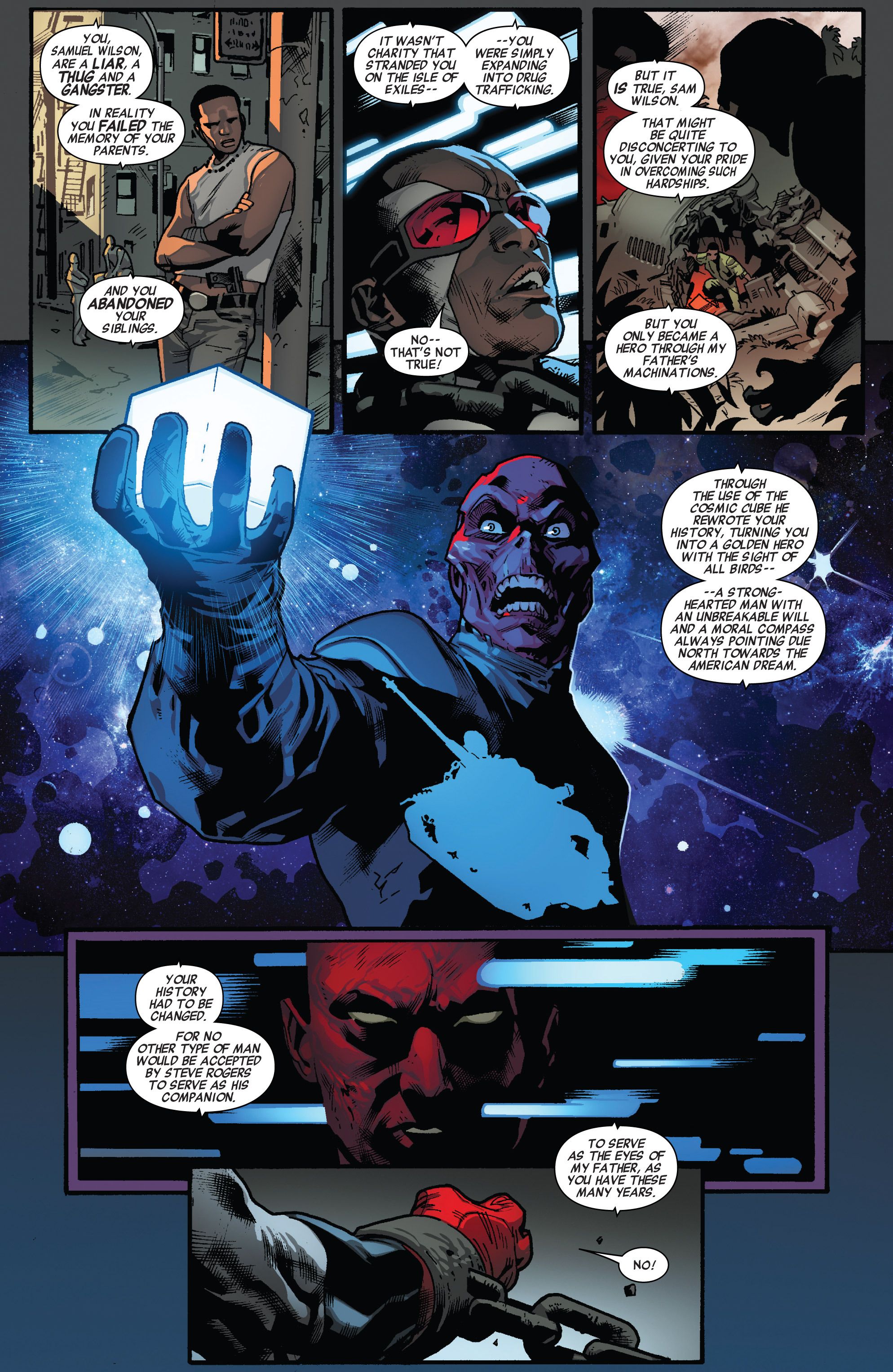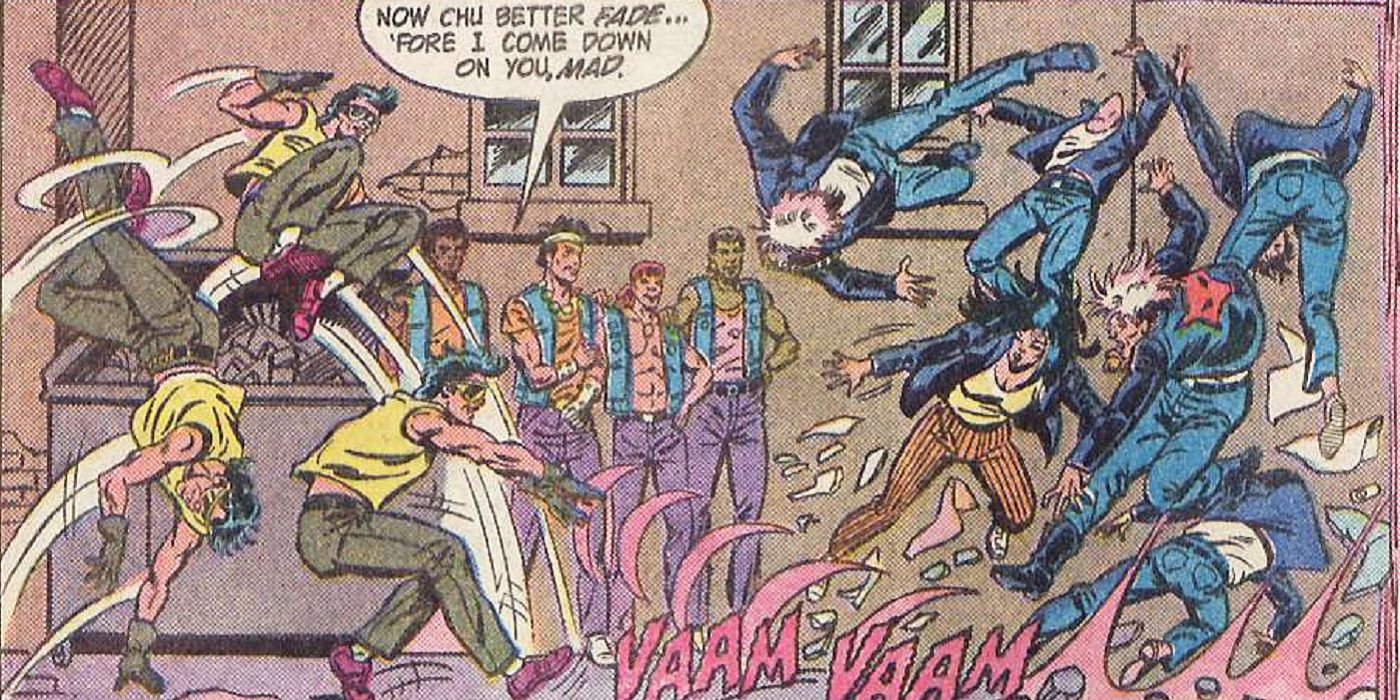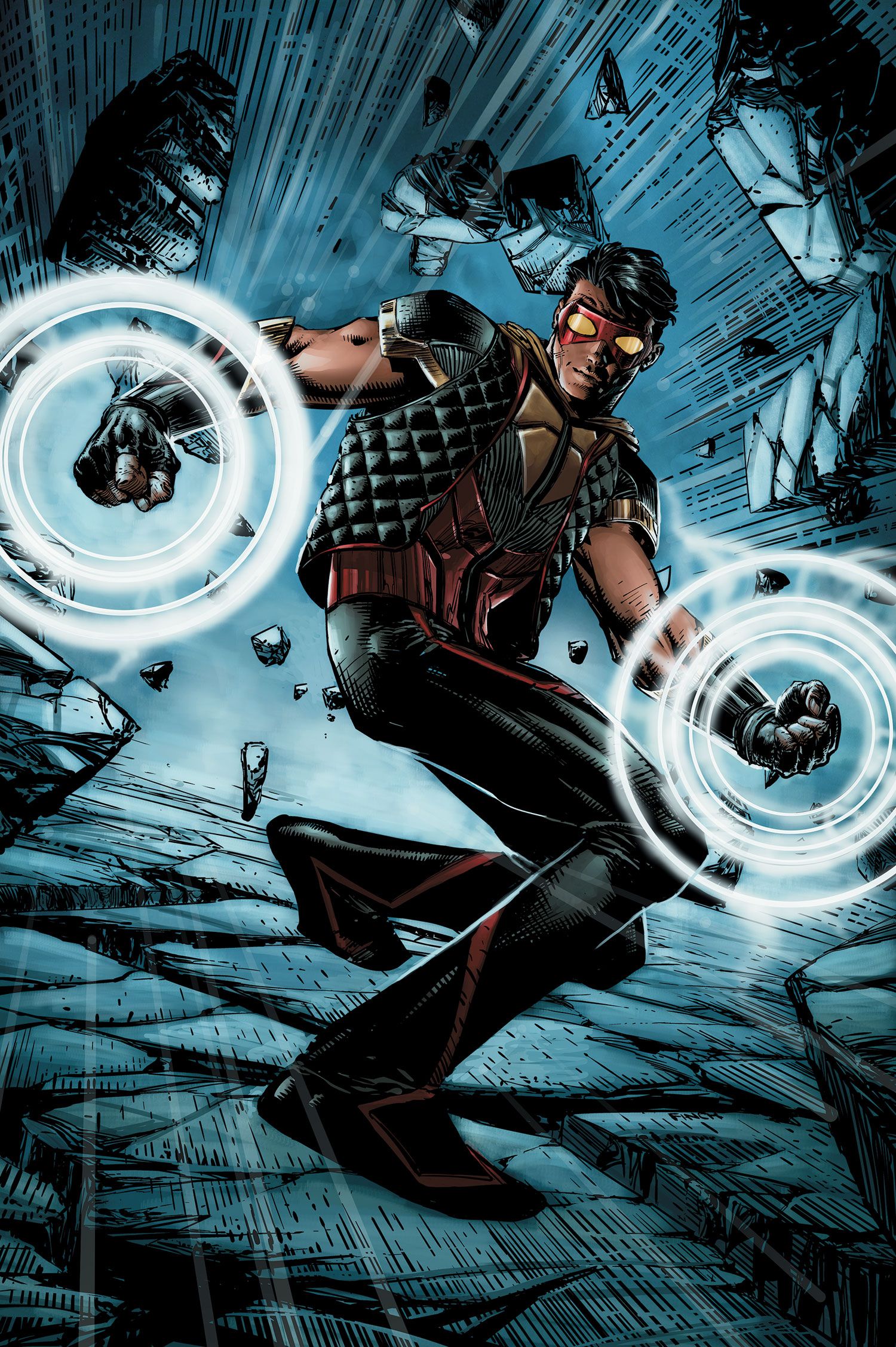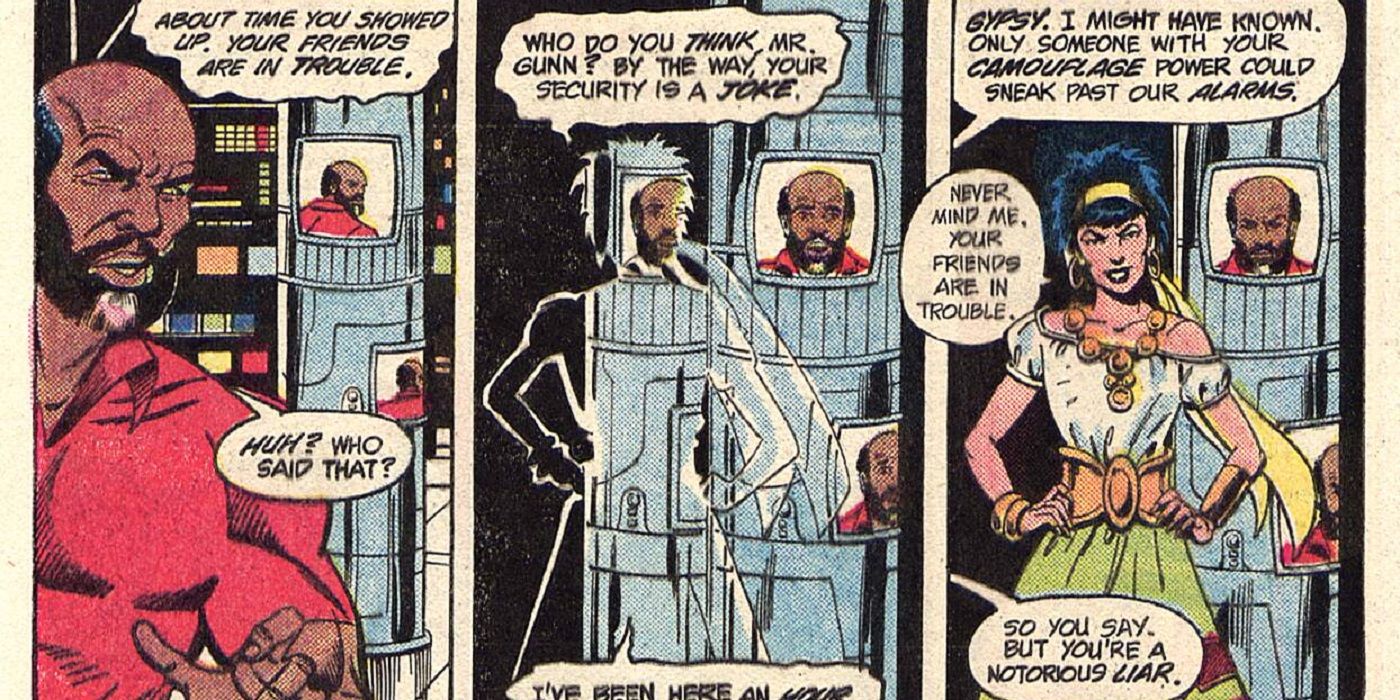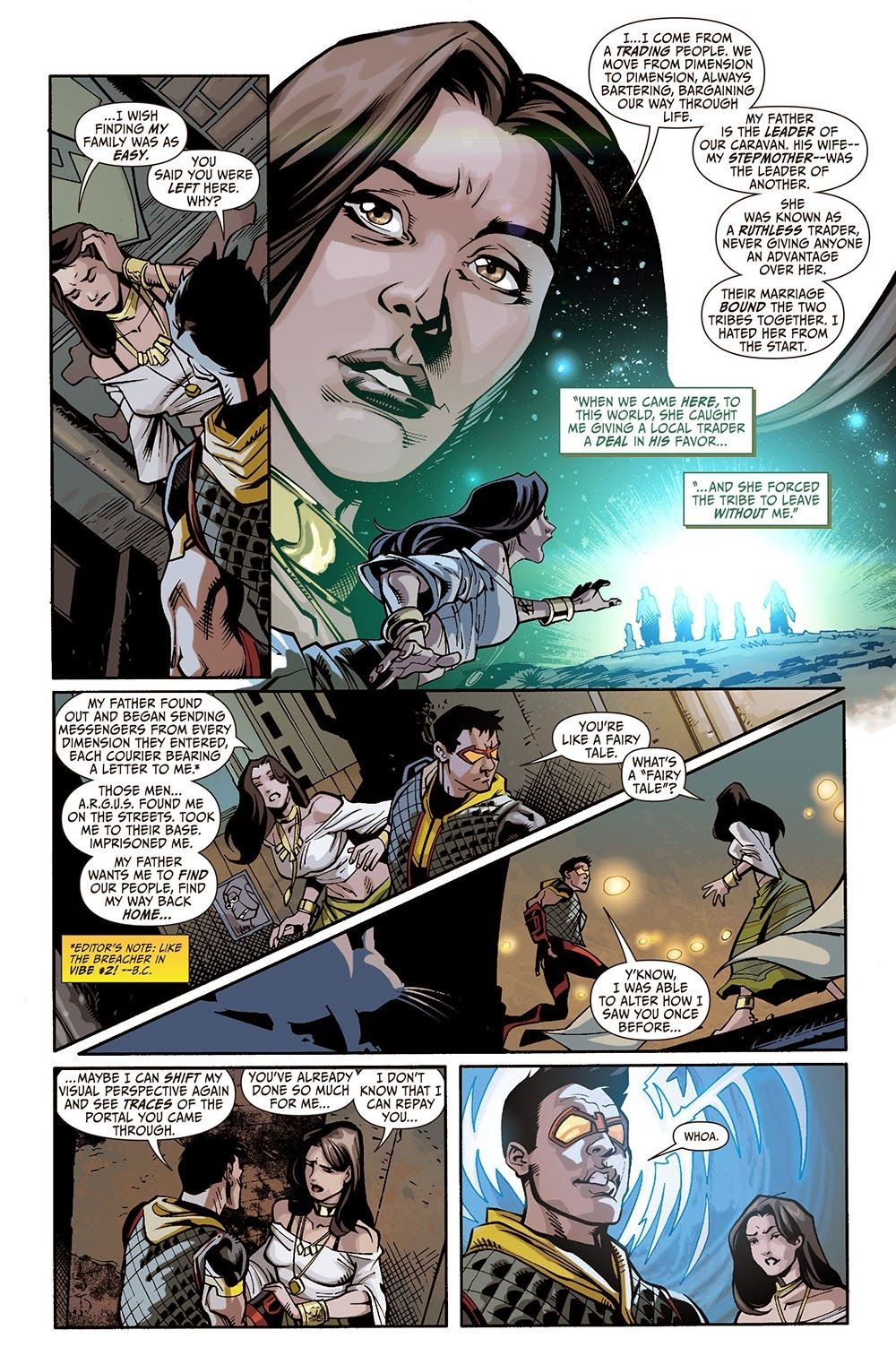One of the fascinating things about comic book history is that you can see the changing morals of American society by the comic books themselves, as things that were acceptable in, say, 1946 would be unacceptable in 1986, but even things that would then be acceptable in 1986 might no longer be acceptable in 2016. We went from seeing caricatures of evil Nazis and Japanese villains to seeing the same thing for Soviets in the 1950s and early 1960s. As society's views changed, so, too, did the portrayal of these characters in comics.
RELATED: 15 Superheroes Who Are Total Jerks
Over the years, though, comic book creators would often try to "fix" some of the more problematic stereotypical characters by trying to modernize or provide revisions to them. Here are fifteen comic book characters that were based on offensive stereotypes and how later comic book creators tried to "fix" them (NOTE: While the numbers are counting down, this is just a chronological list).
15 Wing
Wing was the chauffeur to Lee Travis and then became his sidekick when Travis became the superhero known as the Crimson Avenger. They were both vague knockoffs of the Green Hornet and Kato. Wing interestingly didn't bother disguising himself, really, and called himself his real name, so it was nice that no one ever put two and two together to figure out the Crimson Avenger's identity. Wing was depicted very stereotypically, including his accent (he referred to the Crimson Avenger as the "Climson Avenger"). The weirdest thing is that a superhero peer of the Crimson Avenger was Vigilante, who also had an Asian sidekick, Stuff the Chinatown Kid, but Stuff was actually depicted well. So whenever people act like an era fully excuses stereotypes, you'll know better.
Crimson Avenger and Wing fought alongside the Seven Soldiers of Victory, but, of course, the Asian sidekick wasn't actually counted as one of the eight. Years later, Len Wein paid tribute to Wing by having him sacrifice himself to save the other Soldiers and have them finally honor him as a member of the team.
Would have been nice to just have him get treated with respect and live, but I guess one out of two isn't bad.
14 Ebony White
One of the most divisive comic book characters of all-time is Ebony White, the sidekick to Denny Holt, the Spirit, in Will Eisner's classic "The Spirit" comic book (which was included as a newspaper supplement across the country). Ebony was always portrayed as a hero and all the other characters in the book treated him with respect. However, he was also clearly drawn as a caricature of a black person, with huge white eyes and huge pink lips and he spoke like he was right out of a Minstrel show.
Eisner defended the use of the character until his death, arguing for Ebony in the context of the time, specifically noting "at the time humor consisted in our society of bad English and physical difference in identity." There were not a lot of protests of Ebony White at the time, due to his general heroic portrayal, but it is hard to get past Ebony's general depiction as anything but a mistake on Eisner's part. Luckily, since everything else about Ebony was good, the simplest solution was just to do what Darwyn Cooke did when he began writing and drawing "The Spirit" - simply don't draw Ebony like a cariacture and don't have him talk like he was in a Minstrel show.
It worked very well.
13 Chop-Chop
In 1941, Will Eisner launched another popular comic book series, this time for Quality Comics and mostly created by artist Chuck Cuidera. Dubbed "Blackhawks", it followed around a fighter squadron manned by fighter pilots from all around the free world. Originally, they also had their Chinese cook, Chop-Chop, who was an extreme caricature of a Chinese man. Over the years, Chop-Chop's role in the series expanded, as he became more of a sidekick to the main character (just called "Blackhawk"). He also had a popular back-up gag-strip in the series (and it's that back-up gag-strip that provides the depiction of Chop-Chop for this entry).
Later writers increased Chop-Chop's role in the team, including making him a pilot and then a martial arts expert (it's interesting when you see a writer try to fix one stereotype by using another). Ultimately, following "Crisis on Infinite Earths", Howard Chaykin completely revamped the character for a "Blackhawks" mini-series that led into a "Blackhawks" ongoing series. The ongoing series used the approach that the racist version of Chop-Chop was from a comic book that existed within the Blackhawk universe, as seen in this bit from "Blackhawks" #1 (by Martin Pasko and Rich Burchett)...
He is now mostly known by his real name, Liu Huang.
12 Whitewash Jones
Launching around the same time as the Blackhawks was the Young Allies, originally called the Sentinels of Liberty (in a text piece by Joe Simon and Jack Kirby before they quickly got their own comic book series, "Young Allies," soon afterward). It was a team of young heroes who teamed up with Captain America and Human Torch's sidekicks, Bucky and Toro. The team consisted of Knuckles, Jeff, Tubby and...Whitewash Jones. Like all of these other stereotypical characters, Whitewash was a clear hero, beloved by his friends. But he (and to a certain extent, Tubby as well) was also the comic relief of the group, as his Minstrel show dialogue was always good for a laugh, and he was often scared and wanting to run home to his "mammy" (though he would always come through in the end).
Like "Blackhawks," the ultimate fix for Whitewash Jones was to, well, whitewash him, as it was revealed in a comic by Roger Stern and Paolo Rivera starring Bucky Barnes (who was Captain America at the time) that the real Washington Carver Jones (known to his friends as "Wash") was a bespectacled, intelligent young man and that there was a comic based on their lives that just turned all of the team into caricatures of themselves...
...like how Bucky was a teenager and yet was drawn like he was twelve.
11 The Yellow Claw
"The Yellow Claw" was a bizarre comic book. It was launched as Marvel's answer to Fu Manchu, with the "yellow peril" villain, the Yellow Claw, being the main antagonist of the series. He was right out of the mold of a sinister Asian villain, complete with his yellow skin, long beard and long fingernails. However, creators Al Feldstein and Joe Maneely also had an Asian protagonist in the series through government agent Jimmy Woo, who (except for the standard approach of having his skin colored yellow) actually was a fairly non-stereotypical character. Having an Asian lead for a comic at all was a rarity in the mid-1950s.
Jim Steranko brought both Woo and the Yellow Claw into his run on the "Agents of S.H.I.E.L.D." feature in "Strange Tales" during the 1960s. Woo and Claw were both also worked into Jeff Parker's "Agents of Atlas", with Yellow Claw getting a slight re-design.
He also gained a new name, Golden Claw.
10 Egg Fu
Egg Fu made his bow in "Wonder Woman" #157 by Robert Kanigher, Ross Andru and Mike Esposito. For years, Egg Fu was a great source of distress for people who love super awesome ideas like supervillains who were giant talking eggs with prehensile mustaches. The issue, of course, is that he was super-duper racist. He was even named after a Chinese food dish! Kanigher used him again but after that, he was pretty much sent to character limbo (Keith Giffen and Robert Loren Fleming even made fun of the character and how DC wanted to pretend like he never existed when it came time to do their "Who's Who" comic book series).
Grant Morrison, Mark Waid, Greg Rucka and Geoff Johns did their best attempt to bring the character back without the racist connotations when they introduced a new version of him during the year-long series, "52", with his name, Chang Tzu, just being his new codename.
Chang Tzu has made a few appearances since.
9 Pieface
In the case of Tom Kalmaku, there was a case where the writers at DC Comics clearly didn't realize that they were being offensive with Tom's nickname, which was really just a statement about how ingrained the racism was in society at the time that it was seemed fine that Hal Jordan's mechanic, the only man that he trusted with his Green Lantern identity, would be dubbed "Pieface", which was a slang term for Asian people in the old days based on the stereotype of them having round, flat faces (like a pie) (since Kalmaku was an Inuit, the argument at one point was that he reminded people of "Eskimo pies", but "Pieface" was a well-used slang term by then).
By the 1980s, the nickname was no longer used. Darwyn Cooke addressed the issue in "DC: The New Frontier"...
Geoff Johns also later wrote a flashback that showed Hal defending Tom when someone else used the term, with Hal promising never to use it himself.
8 Doctor Droom
Doctor Droom is an odd character, and he might not actually belong on the list. Created by Stan Lee and Jack Kirby (with inks by Steve Ditko), Droom debuted a few months before "Fantastic Four" #1 was released. In a lot of ways, Droom's origin was very similar to Doctor Strange's, only in the case of Doctor Droom, when his magical powers activated, they came with a very odd change to his body - he literally turned into an Asian man! You have to love lines like, "My eyes! They're becoming slanted! And I've a - a moustache!" The character made a few appearances and then was forgotten (although he might have been an influence on the later creation of Doctor Strange).
Over a decade later, Marvel re-printed the Droom stories, only now with a new character, Doctor Druid. They just dropped the whole "turn into an Asian man" part of the character entirely.
Since the "fix" here was to remove the stereotype entirely, it might not technically fit this list.
7 Mandarin
Mandarin was much like the Yellow Claw, although he is a bit odder, as he debuted nearly a decade later, which was a bit on the late side for a Fu Manchu villain. That said, when 1963's "Tales of Suspense" #50 came out, Stan Lee was still in a period where he was using Communists as villains a lot. The Mandarin was just following in that path, although he took it to a whole other level, for on top of having 10 powerful rings, he also was a martial arts expert (because, he's Asian, right?).
In the 50 years since his debut, countless writers have done their best at trying to rework the Mandarin. The first thing to go was his caricature appearance. However, Mandarin's Fu Manchu qualities are so ingrained into the character that it has been difficult for writers to really break him from that original stereotype.
Matt Fraction had a great story in "Invincible Iron Man Annual" #1 where he had the Mandarin reveal that he has been manipulating his own origins for the world, suggesting that that, much like Chop-Chop and Whitewash Jones, some of our memories of the Mandarin were inaccurate.
However, even Fraction really didn't know what to do with the Mandarin, so he killed him off during his run.
6 Black Mariah
While the character has been a smash success on the "Luke Cage" TV series, the original "Black Mariah" was a bit of an offensive stereotype when she debuted in "Luke Cage" #5 in 1972. Taking her name from the British nickname for police vans, Black Mariah's criminal organization would show up at crime scenes, take the corpses, rob them, go through their effects and then rob their homes and offices, as well. She was a morbidly obese woman who talked like a stereotype. Here's a line of dialogue from when Luke Cage tried to stop her and her crew: "I hope y'all are proud 'a yo'self, Mr. Hero for Hire! Beating on folks lak dat."
She only made one appearance since then during the original "Power Man and Iron Fist" series. Most recently, though, David Walker and Sanford Greene revamped the character for the current "Power Man and Iron Fist". They kept her large size...
but gave her a new, more modern personality. She was a fun villain in the first story arc in the new series.
5 Tyroc
When Mike Grell became the new regular artist of the Legion of Superheroes (which appeared in "Superboy and the Legion of Superheroes") in 1974, there was something that he noticed that troubled him a bit. In the future world of the Legion of Superheroes, there did not seem to be any black people. His editor, Murray Boltinoff, told him that they had plans to introduce a black character, but when they did, it was not what Grell was expecting. As it turned out, Tyroc was going to be from a magical city where all the black people on Earth had moved and it disappears for years a time. Grell found such a segregationist idea absurd, so he designed Tyroc as silly-looking as he could. Tyroc didn't show up again for years.
Ultimately, during his run on "Legion of Superheroes", Keith Giffen brought Tyroc back when the Dominators invaded Earth. They destroyed Tyroc (Troy Stewart)'s city and he joined the resistance against the Dominators.
Eventually, when the resistance won, Stewart was named Vice President of Earth. He quickly became the President when the previous president (the second Invisible Kid) quit to rejoin the Legion.
4 Black Goliath
Among the people listed so far, Black Goliath is one of the more benign in terms of stereotypes go. He was introduced back in the 1960s as Hank Pym's lab assistant (as part of a story where the Avengers ran afoul of the racist group, Sons of the Serpent) and after a few years, while Hank Pym was using the superhero identity of Yellowjacket, Bill stepped up and took over as Goliath, only Black Goliath. That name is really the stereotypical thing. He couldn't just be "Goliath," he had to be Black Goliath. It was an example of a black hero being seen as lesser than.
Thus, the solution to the problem of Black Goliath was a simple enough one: just stop calling him Black Goliath. And that's what happened when Mark Gruenwald and Ralph Macchio brought him into their "Marvel Two-In-One" storyline about Project: Pegasus, where he took on the new superhero name of Giant-Man.
Even then, though, he lost the name when Hank Pym decided to become Giant-Man again, so it was still an issue even as late as the 1990s. However, at least when he returned to being a superhero, it was as Goliath and not Black Goliath. Sadly, he died during "Civil War" when a clone of Thor malfunctioned and killed him.
3 "Snap" Wilson
Sam Wilson, the Falcon, Marvel's first African-American superhero, was a perfect addition to "Captain America" as Cap's new partner-in-crime, but after working on the book for a few years, writer Steve Englehart felt that Sam Wilson was a little bit too perfect, so he decided to reveal that Red Skull had altered Sam Wilson's past so that he only seemed perfect for Captain America, while in reality, Sam was a stereotypical 1970s street hustler. Englehart left the book before he could resolve the story either way and then Jack Kirby took over the title and had no interest in picking up any of Englehart's plots, so the whole "Snap" story became an ingrained part of Falcon's back story, in all of its ridiculousness.
However, after a few decades of that stereotypical origin being in place, Rick Remender finally revealed that the "Snap" origin was actually the fake one in "All-New Captain America" #3...
This gives Sam something in common with Steve Rogers, who recently also had his past altered by the Skull.
2 Vibe
In 1984, Gerry Conway and Chuck Patton decided to revamp the Justice League of America by adding new, younger and more diverse heroes to the team. Sadly, some of the new heroes were a bit too close to being stereotypes. The #1 example was Vibe, a Hispanic teen who talked with a stereotypical accent that drove Hispanic comic book creators like George Perez mad.
Like Ebony White, the solution was a simple one, just not have Vibe be a stereotype anymore. That was the case in the New 52...
Vibe is also currently a prominent member of the cast of the "Flash" TV series.
1 Gypsy
This one is a bit tricky. Another new member of the Conway/Patton Justice League of America was a young teenage runaway who had the ability to make herself invisible. The issue is that the teen used the name "Gypsy," which became her codename when she joined the League. Gypsy is a slang term that the Romani people don't like used in reference to them and they definitely don't like when non-Romani just use it as a lark, especially in reference to a character known for being, well, sneaky. So that was an issue with the character over the years.
There's no real solution to that problem besides changing her name, which DC does not seem to be interested in doing. Instead, in the New 52, her origin was changed so that now she was from an alien race, one that acted a lot like a sort of interstellar Romani people...
It's not a great solution, but at least it's an attempt.
Which comic book character based on a stereotype would you like to see "fixed"? Let us know in the comments!

